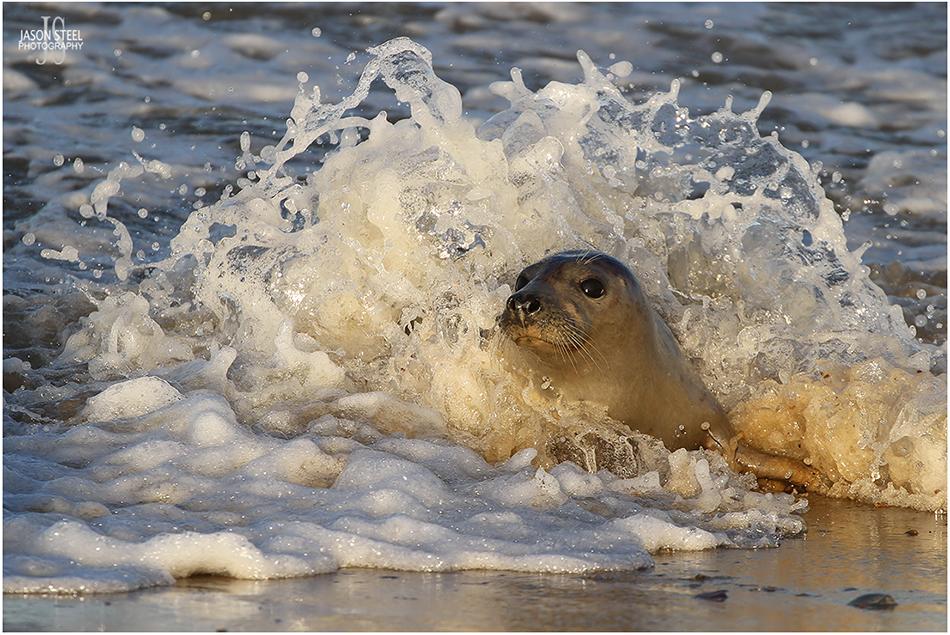
Grey Seal - photographed at Horsey Gap, Great Yarmouth, September 2019
Grey Seal (Halichoerus grypus)
In the UK we have two native seals species that frequent our shores, the Common Seal and the Grey Seal. The Grey Seal is much larger than the Common Seal, with male bulls growing to 3 metres in length and around 300kg and female cows growing to around 200kg. Some bulls have been recorded as large as 440kg! The Grey Seal has a flatter head compared to the Common Seal when viewed from the side profile, and a longer and more upturned muzzle. Their Latin name actually translates to "hooked-nosed sea pig". The nostrils are wide apart, parallel and do not meet, unlike the V-shaped nostrils of the Common Seal.
In Norfolk Grey Seals give birth on land from late September to January and usually mate again straight afterwards, although the cubs will be born at the same time the following year. In Cornwall the pupping season can start as early as August.
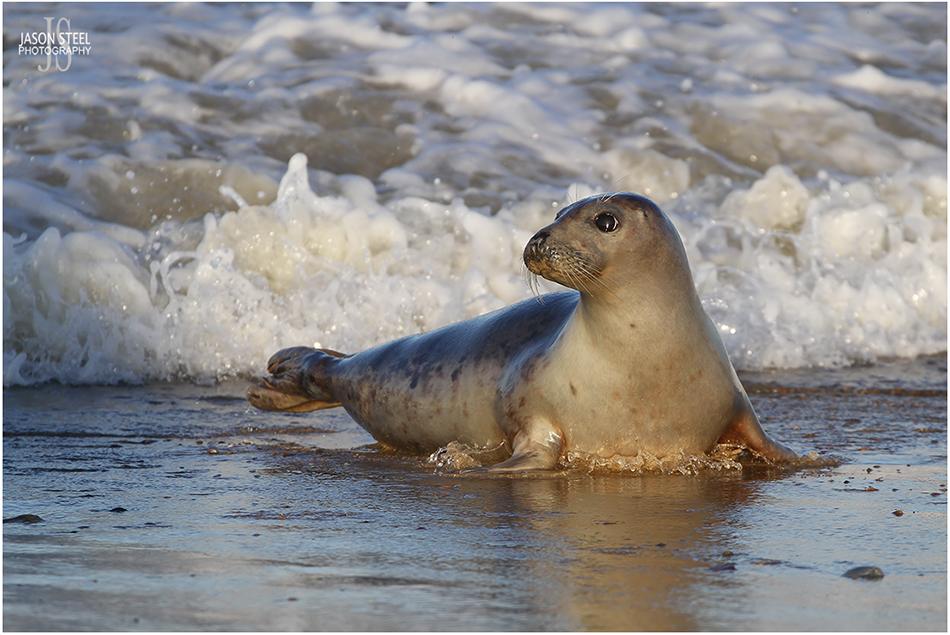
Grey Seal - photographed at Horsey Gap, Great Yarmouth, September 2019
Grey Seals are thriving in Norfolk and over 5000 pups were born in 2018 / 2019 and around half the world's population of Grey Seals are born on the British coast. The areas where the seals come on shore are known as "haul-outs" or "rookeries". Even though the seals gather in rookeries of up to 300 individual specimens for safety, they are not overly sociable mammals and they can be very territorial. Pups that wander into another adult seal's territory could risk injury or even death. The UK population of Grey Seals is estimated to be around 112,000 - 120,000. In the early part of the 20th century that figure was dangerously low at around just 500 specimens!
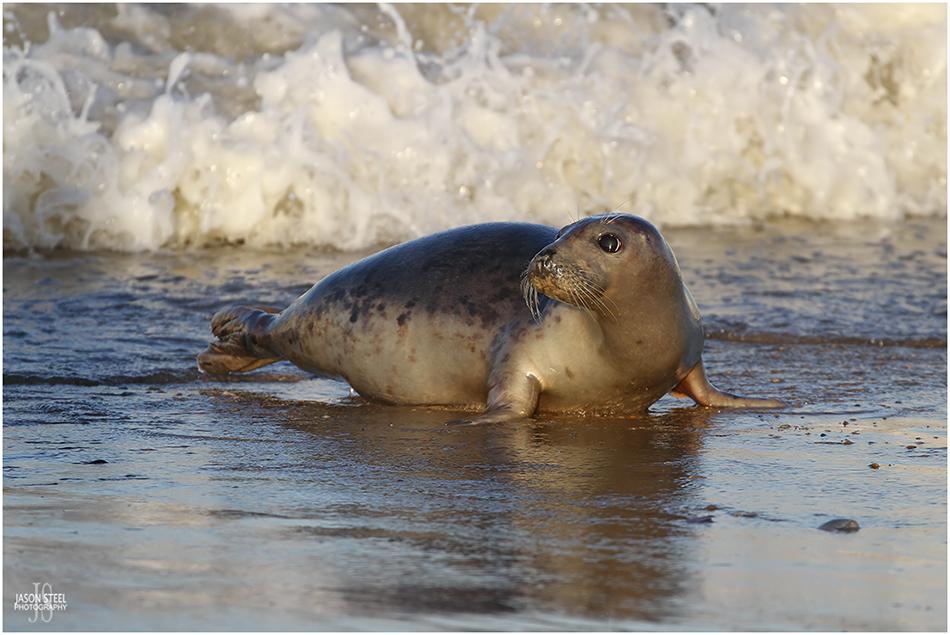
Grey Seal - photographed at Horsey Gap, Great Yarmouth, September 2019
During the breeding season bulls are very territorial and anyone wishing to photograph the seals should always keep a respectable distance. If disturbed the seals may retreat into the sea and abandon their pups, which would die if left alone, so please do not get too close to the seals when taking photographs and stay a minimum of 10 metres from them.
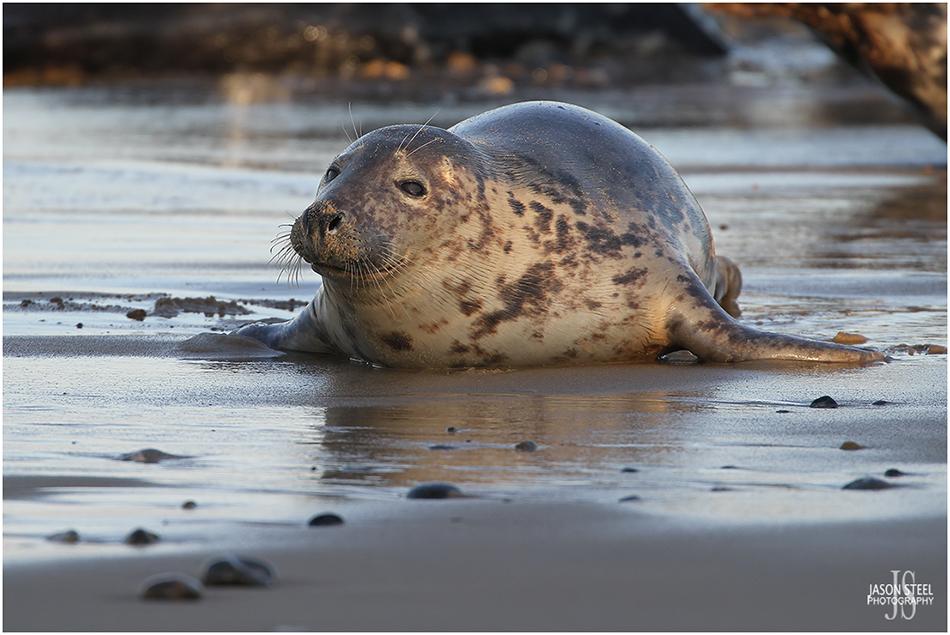
Grey Seal - photographed at Horsey Gap, Great Yarmouth, September 2019
Grey Seals have no natural predators in the UK or within British waters. Man is their biggest threat with many being killed through hunting, pollution and discarded fishing nets. In the wild females usually live for up to 35 years and males 20-25 years. Larger males will fight for breeding rights and one male may breed with several females in one season.
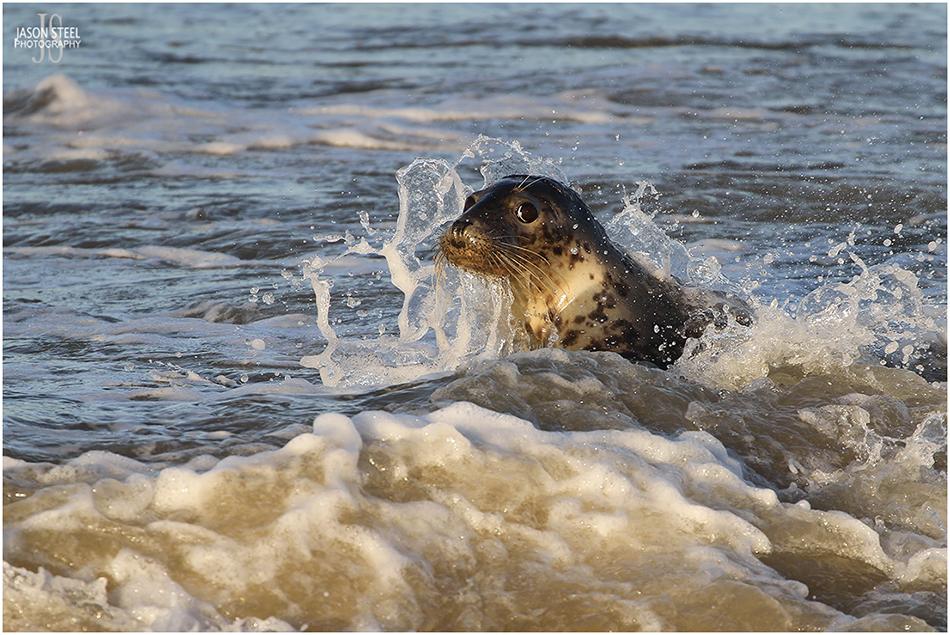
Grey Seal - photographed at Horsey Gap, Great Yarmouth, September 2019
The unique pattern of dark blotches and spots found on seals can be used to identify individual specimens for recording and monitoring purposes.
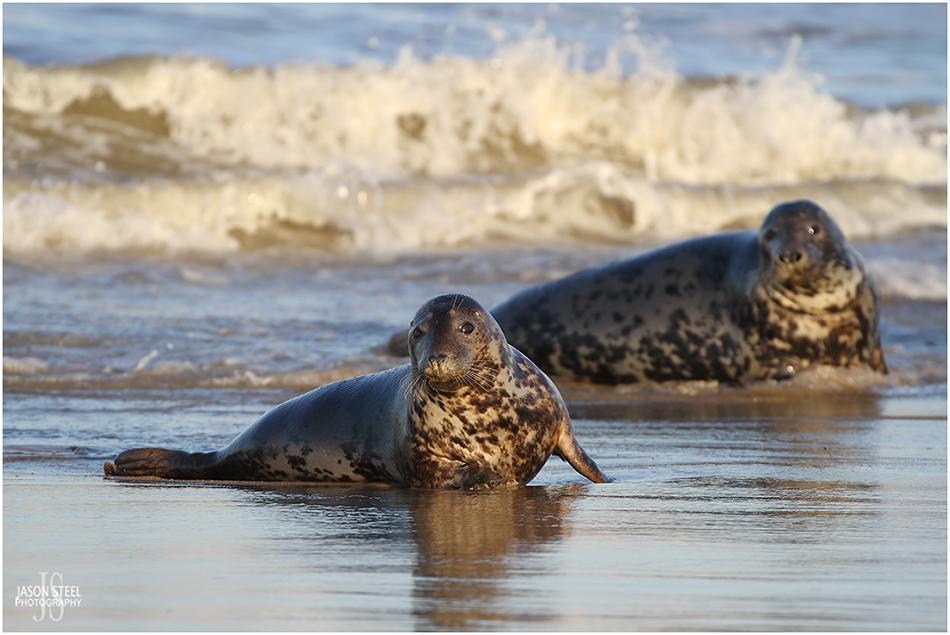
Grey Seal - photographed at Horsey Gap, Great Yarmouth, September 2019
Grey Seals are primarily fish-eaters but are opportunist feeders and will prey on fish, octopus, squid, crustaceans and just about anything else they can catch. They can dive to depths of 400 metres and hold their breath for a considerable length of time for a mammal.
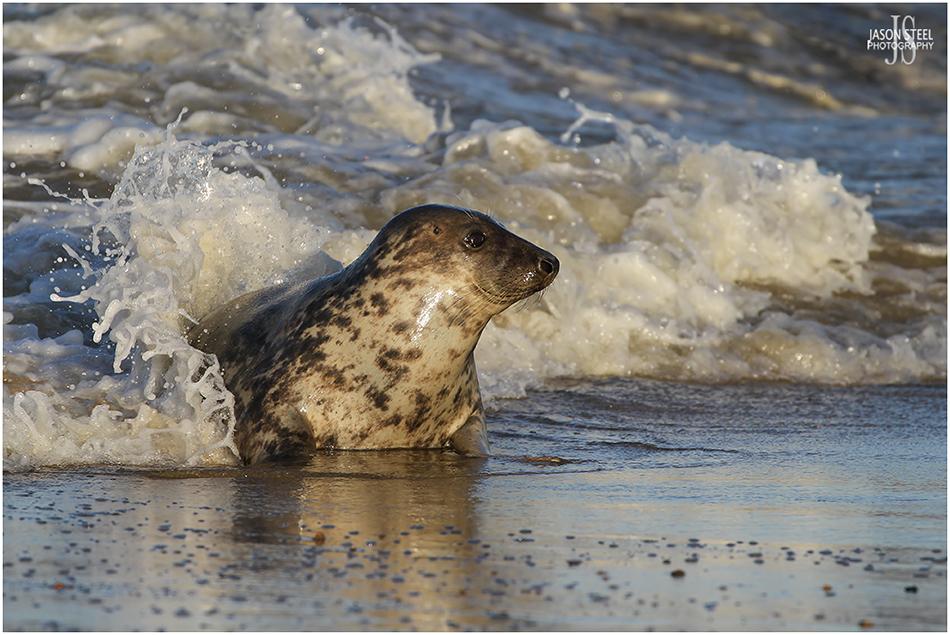
Grey Seal - photographed at Horsey Gap, Great Yarmouth, September 2019
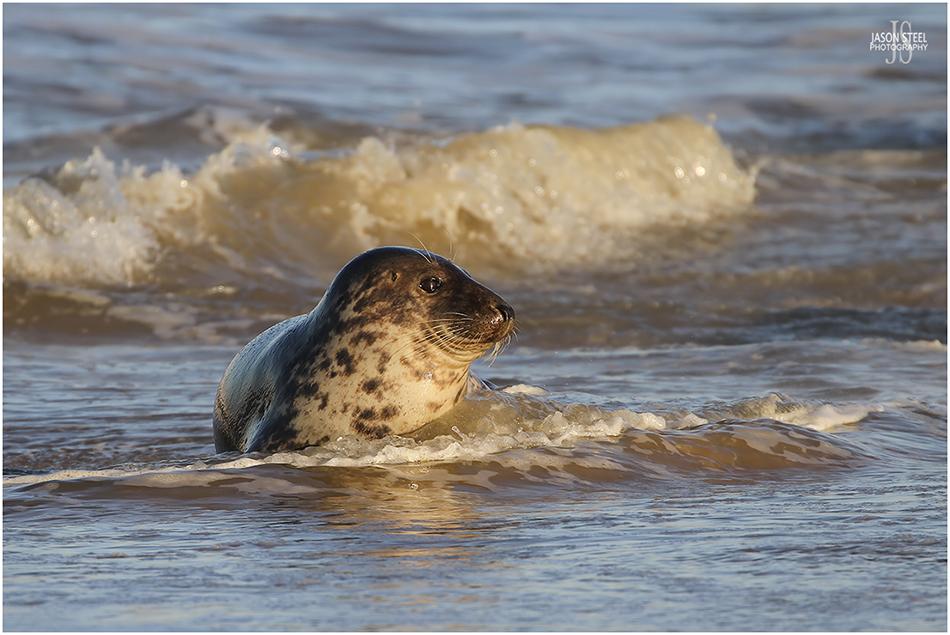
Grey Seal - photographed at Horsey Gap, Great Yarmouth, September 2019
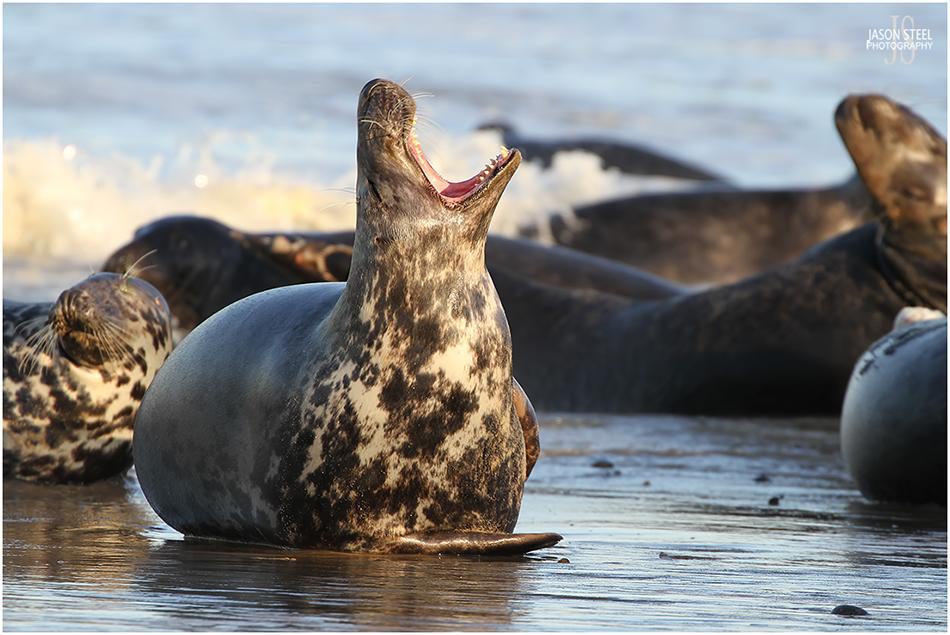
Grey Seal - photographed at Horsey Gap, Great Yarmouth, September 2019
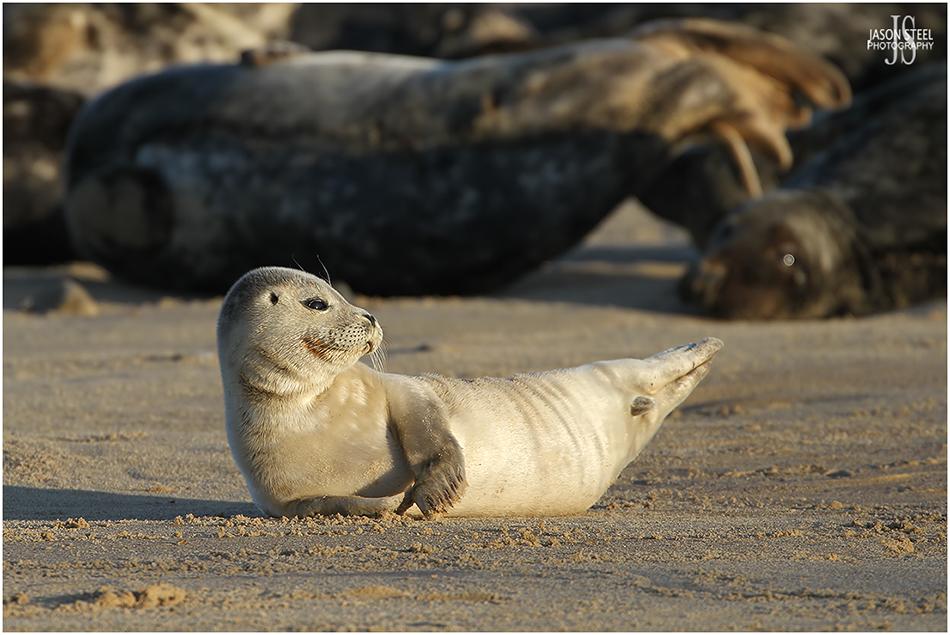
Young Grey Seal - photographed at Horsey Gap, Great Yarmouth, September 2019
Seal Pups are born on land with bright white fluffy coats called a "lanugo". They weigh around 13-16kg and remain on land for at least 2-3 weeks whilst suckling from their mothers for around 18 days. During this time they put on around 2kg in body-weight every day!. After 16-18 days the pups will moult and lose their fluffy white fur coat as they develop the blubber necessary to keep them warm as they take to the sea. Once the pups have finished weaning they are then left to fend for themselves. The pups are often hesitant at first to venture into the sea but they quickly need to take to the water and learn to fish for themselves or they will starve to death. It is not uncommon for pups to wait for 2-4 weeks after being left alone before they take their first steps into the ocean. Some wait too long and die as a result.
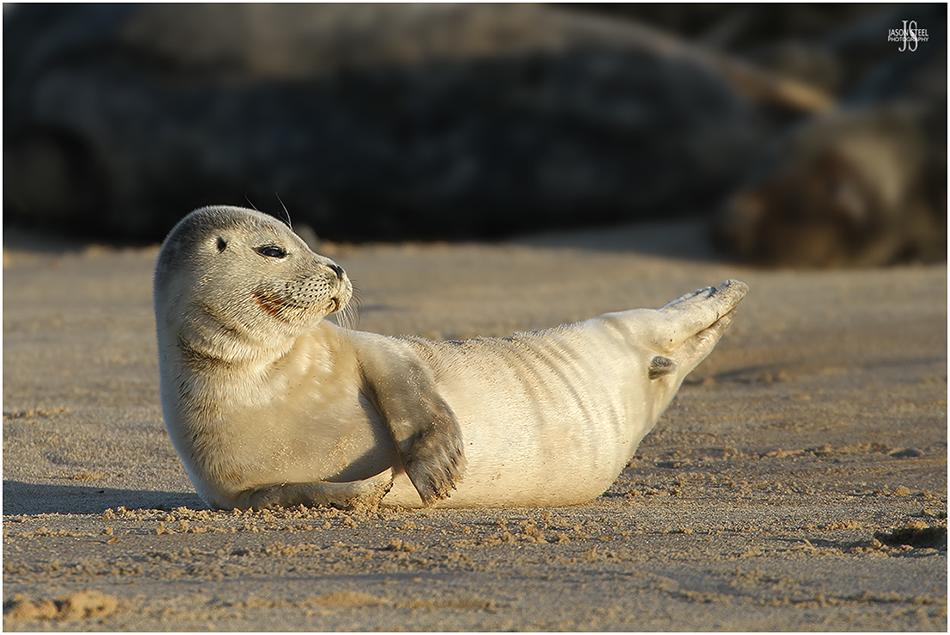
Young Grey Seal - photographed at Horsey Gap, Great Yarmouth, September 2019
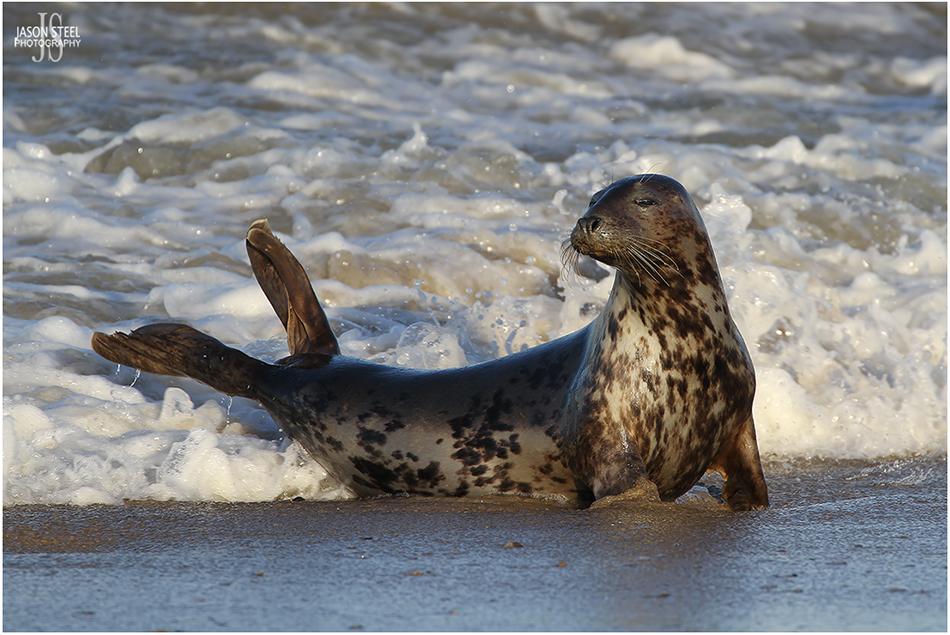
Grey Seal - photographed at Horsey Gap, Great Yarmouth, September 2019
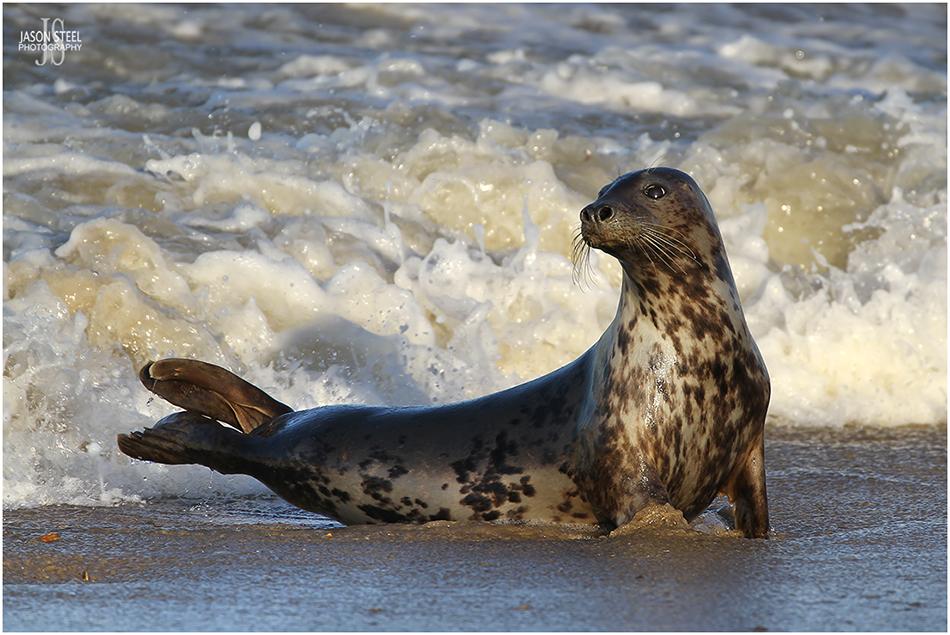
Grey Seal - photographed at Horsey Gap, Great Yarmouth, September 2019
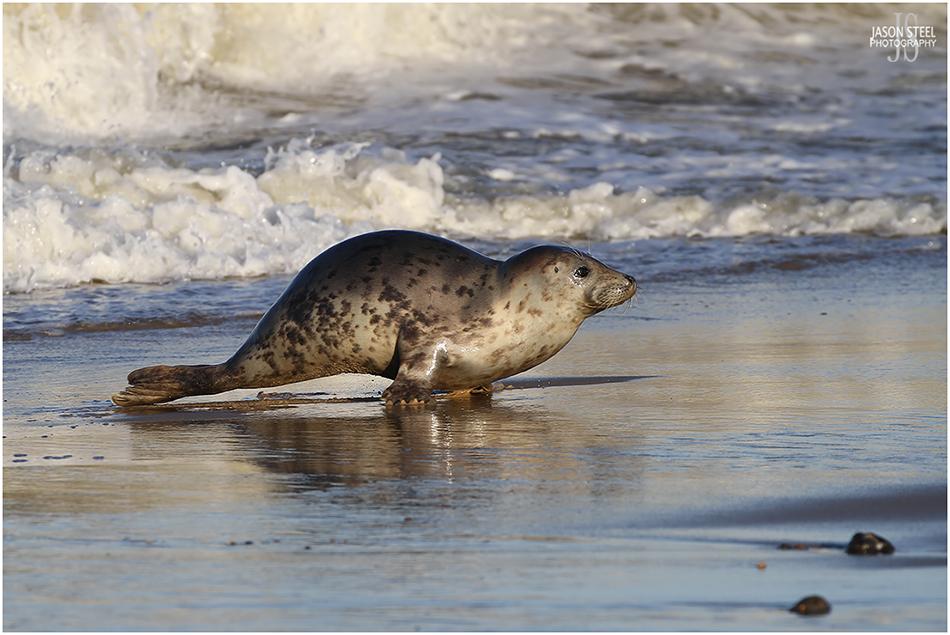
Grey Seal - photographed at Horsey Gap, Great Yarmouth, September 2019
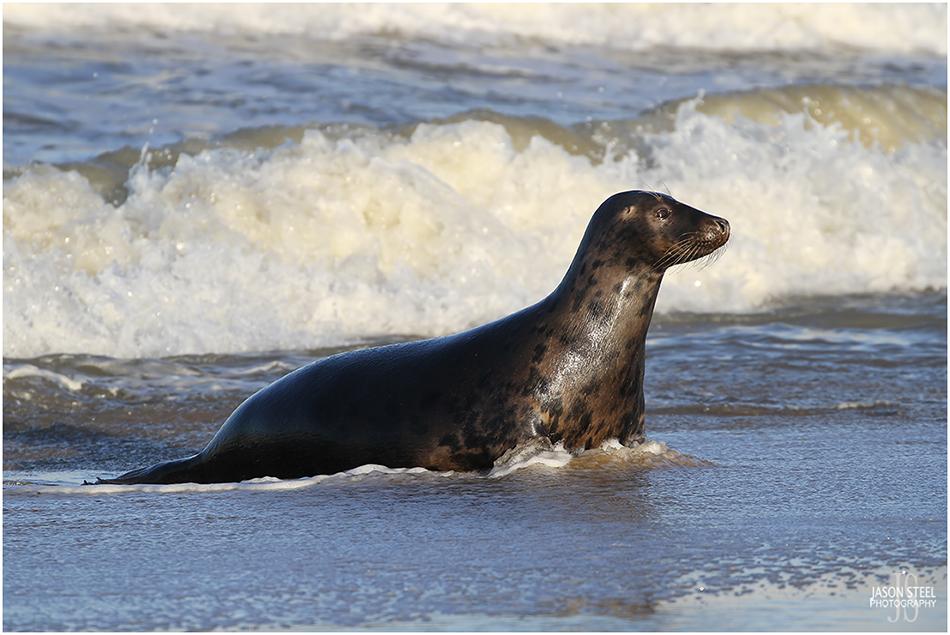
Grey Seal - photographed at Horsey Gap, Great Yarmouth, September 2019
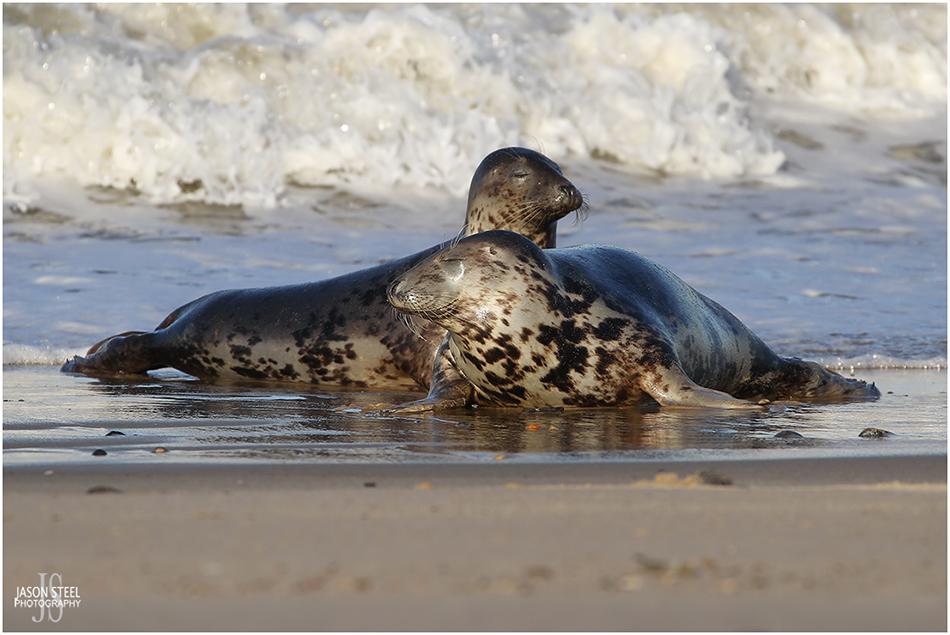
Grey Seal - photographed at Horsey Gap, Great Yarmouth, September 2019
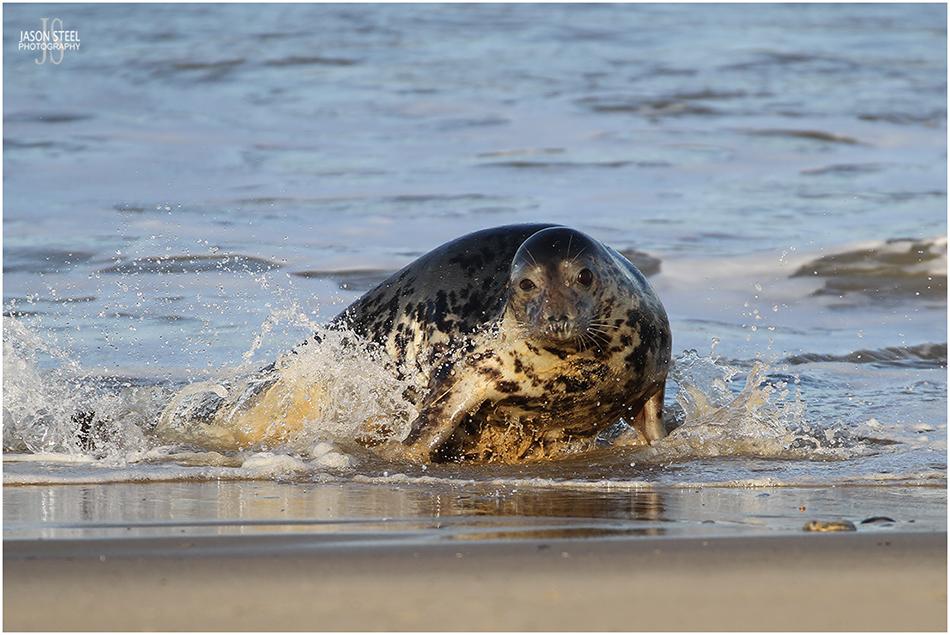
Grey Seal - photographed at Horsey Gap, Great Yarmouth, September 2019
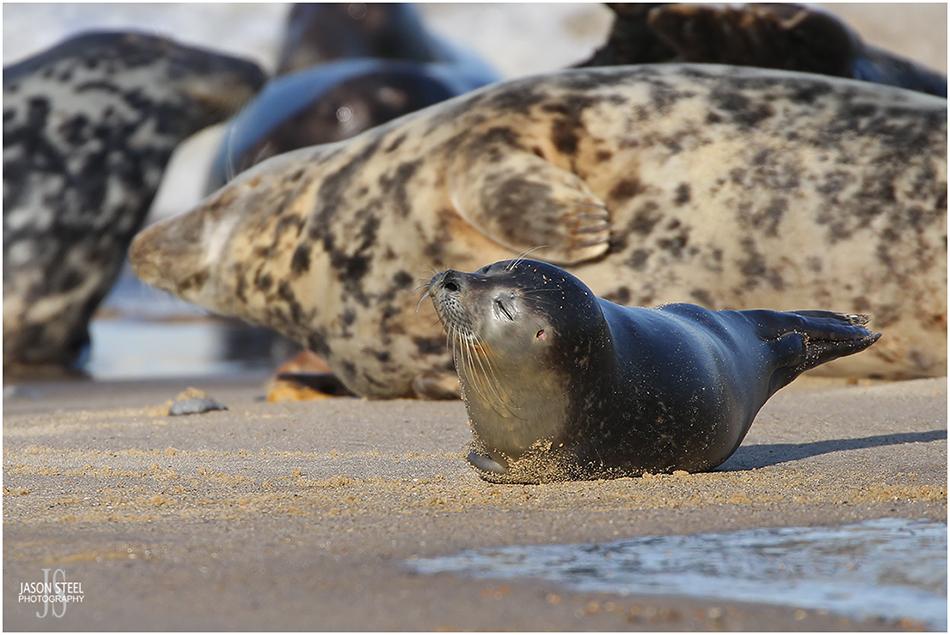
Young Grey Seal - photographed at Horsey Gap, Great Yarmouth, September 2019
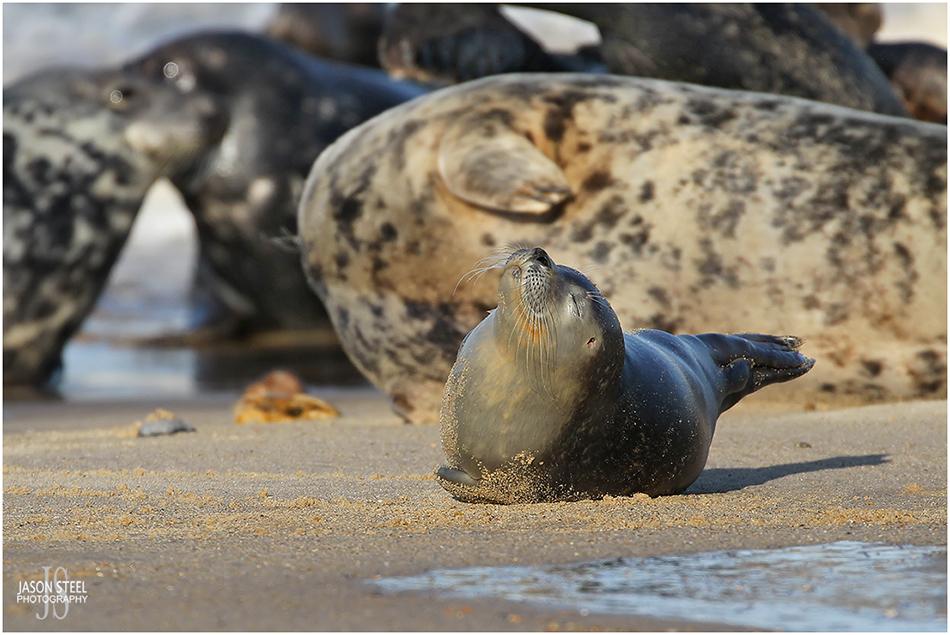
Young Grey Seal - photographed at Horsey Gap, Great Yarmouth, September 2019
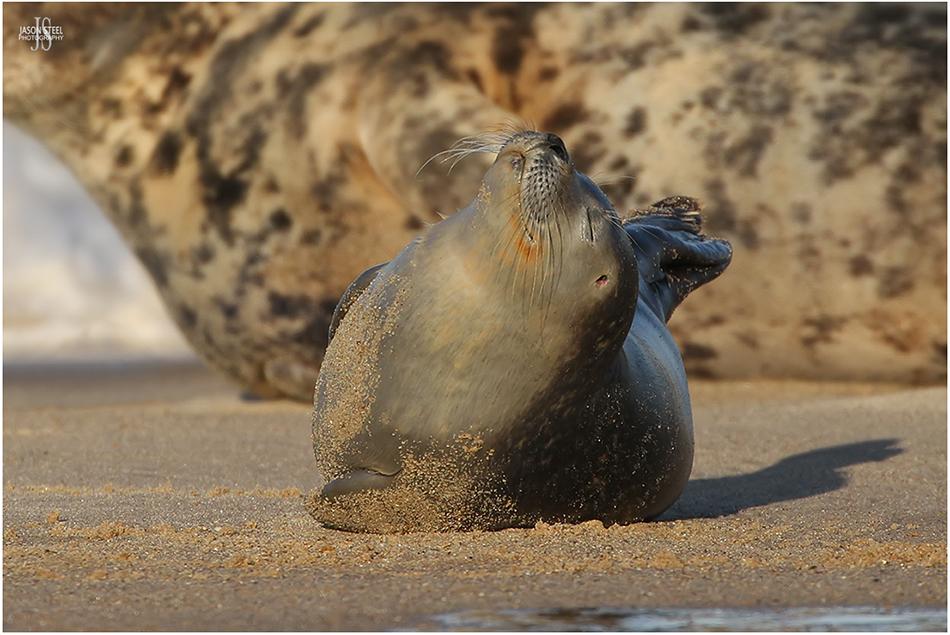
Young Grey Seal - photographed at Horsey Gap, Great Yarmouth, September 2019
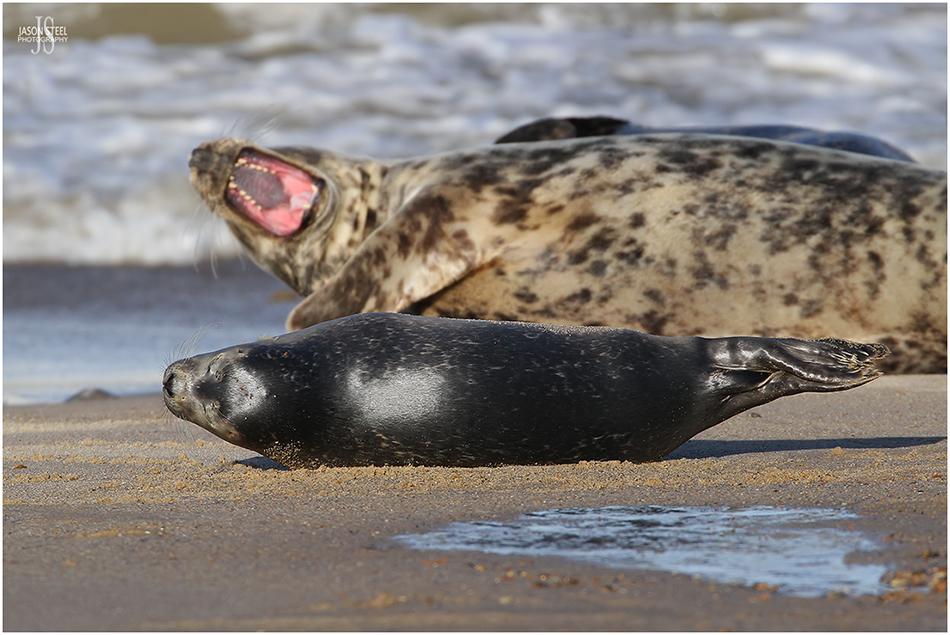
Young Grey Seal - photographed at Horsey Gap, Great Yarmouth, September 2019
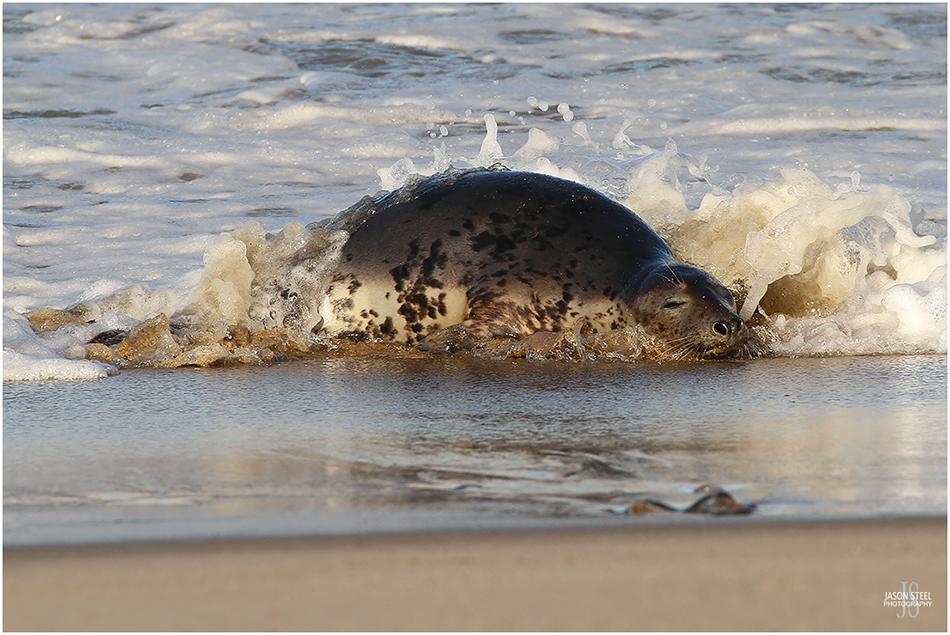
Grey Seal - photographed at Horsey Gap, Great Yarmouth, September 2019
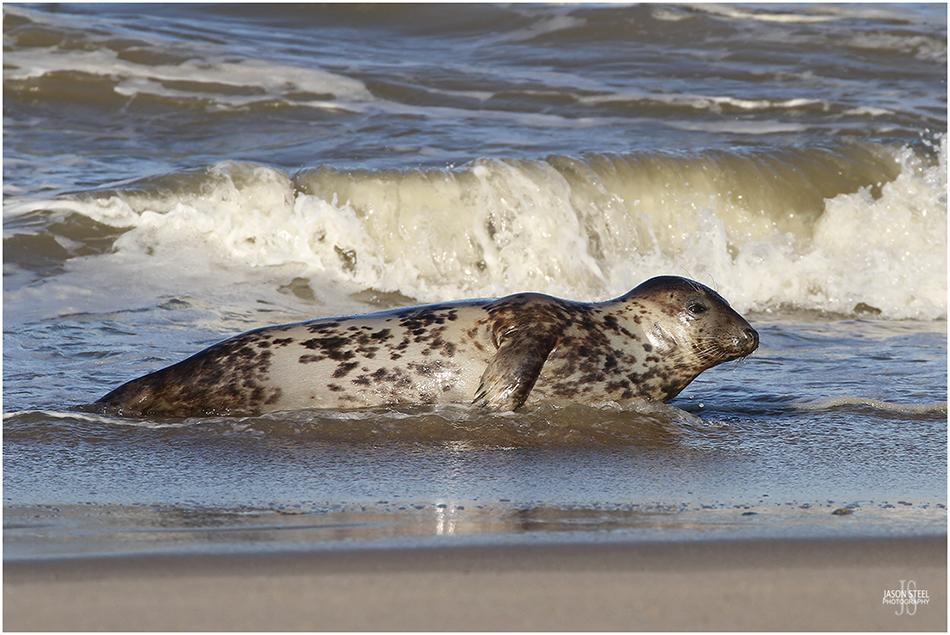
Grey Seal - photographed at Horsey Gap, Great Yarmouth, September 2019
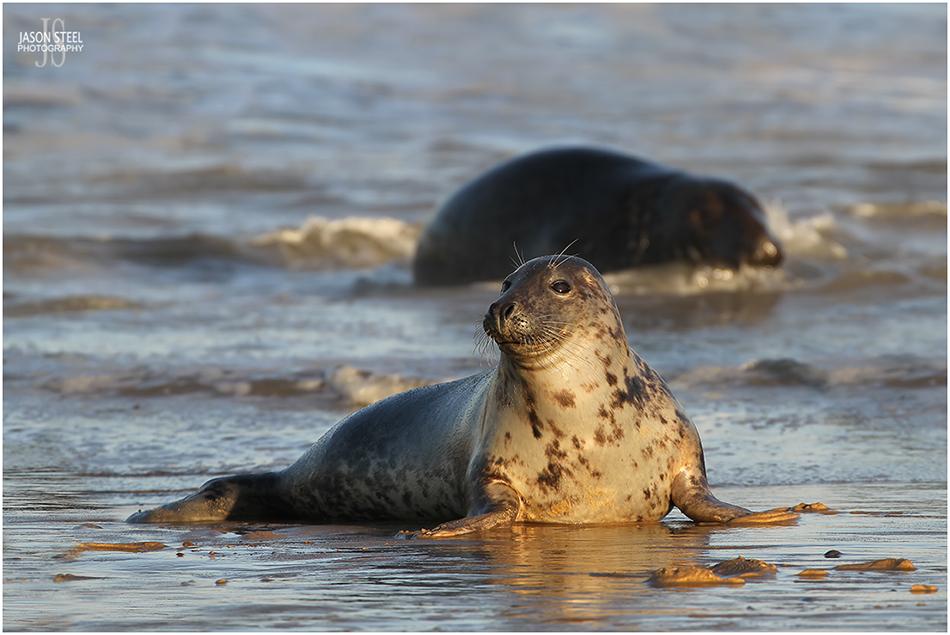
Grey Seal - photographed at Horsey Gap, Great Yarmouth, September 2019
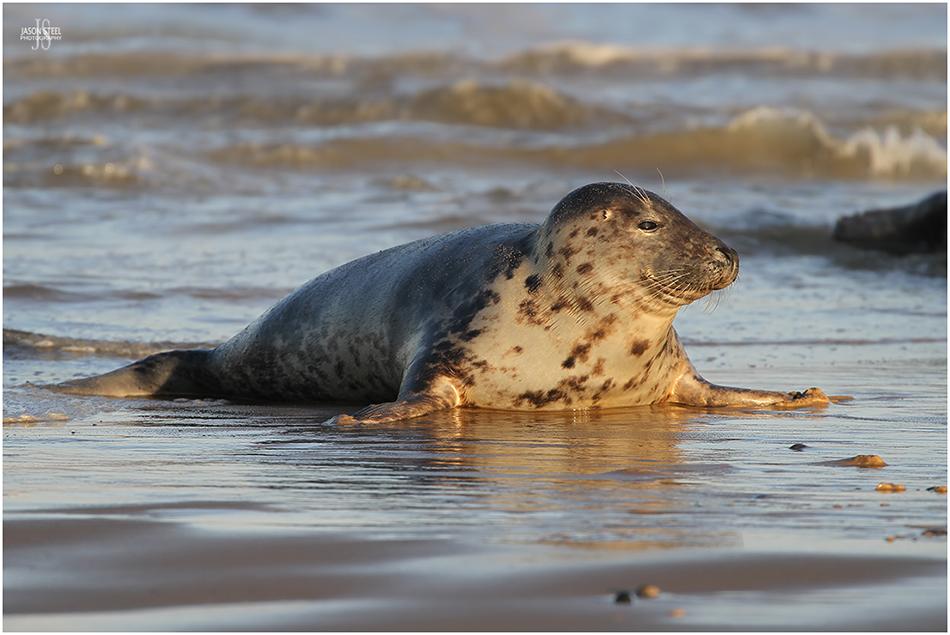
Grey Seal - photographed at Horsey Gap, Great Yarmouth, September 2019
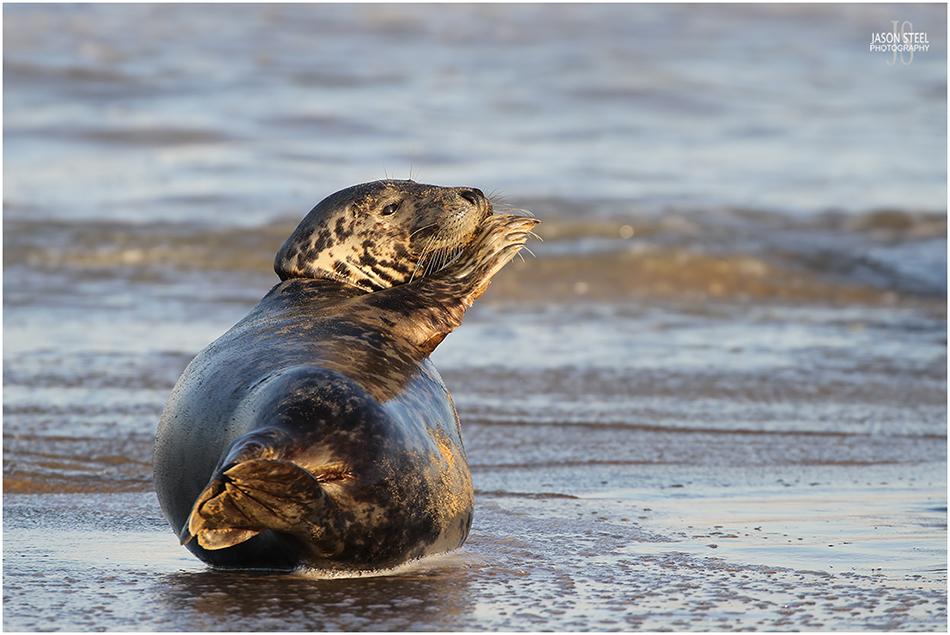
The late afternoon sun was too bright for this Grey Seal - photographed at Horsey Gap, Great Yarmouth, September 2019
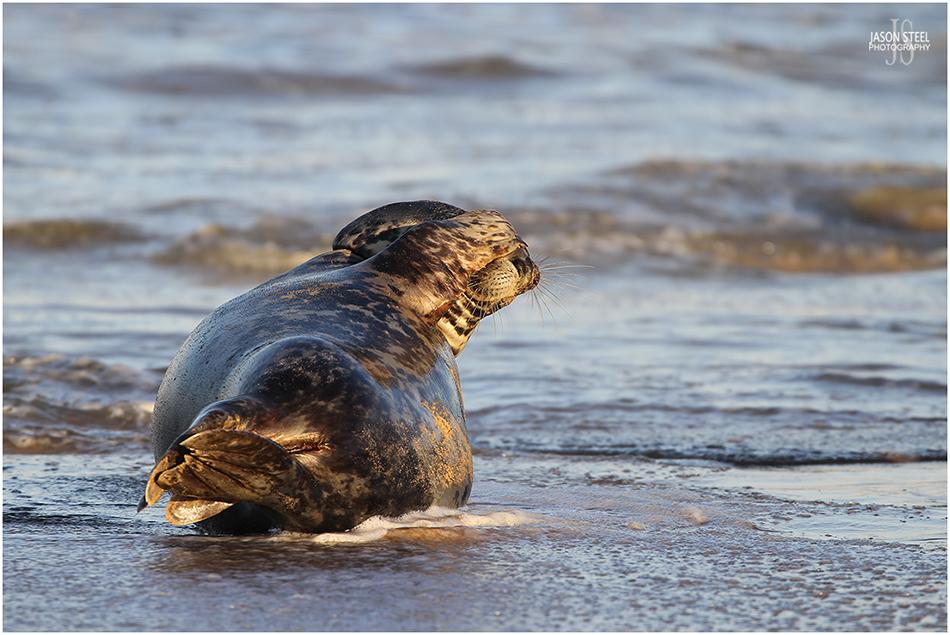
The late afternoon sun was too bright for this Grey Seal - photographed at Horsey Gap, Great Yarmouth, September 2019
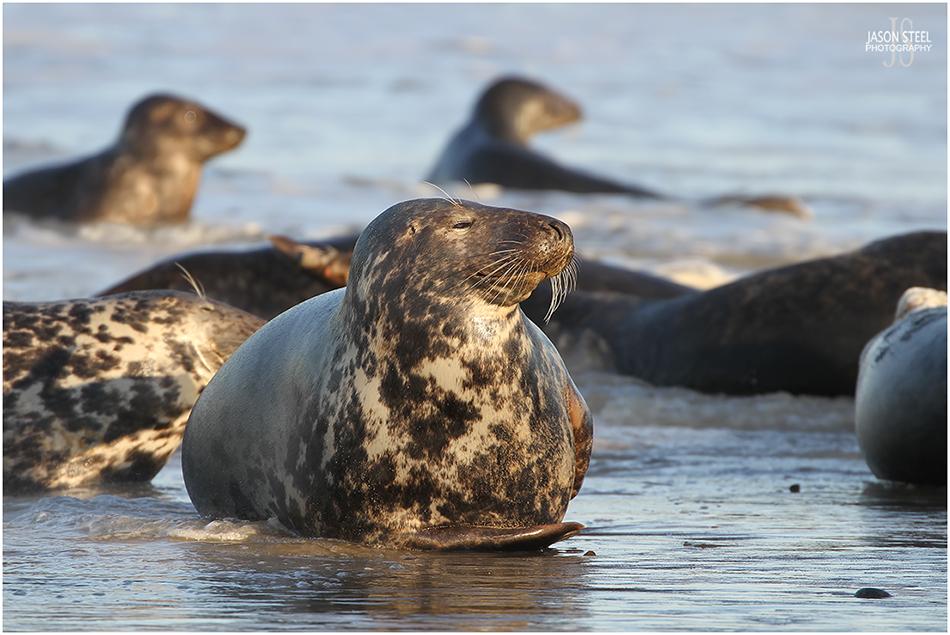
Grey Seal - photographed at Horsey Gap, Great Yarmouth, September 2019
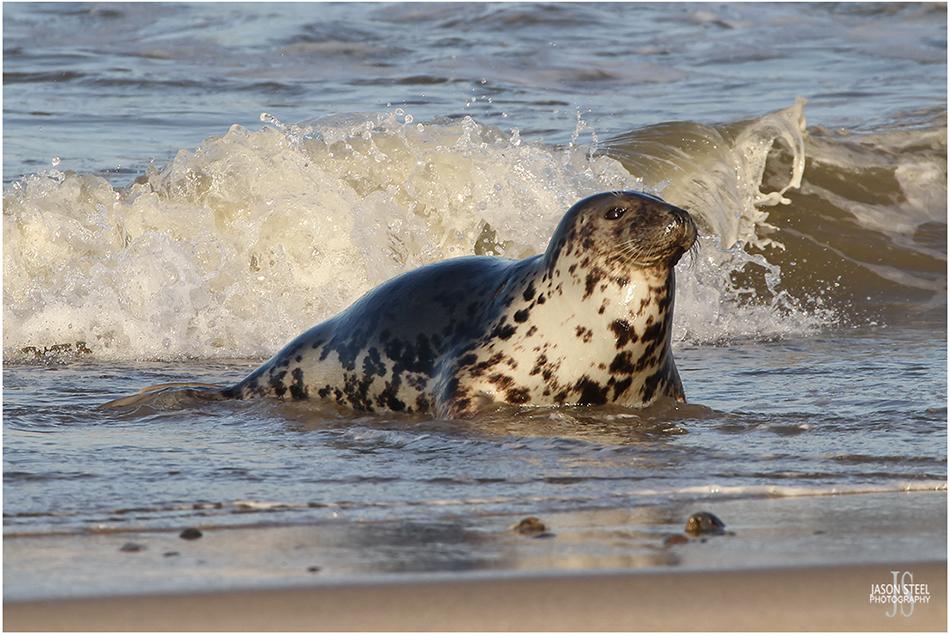
Grey Seal - photographed at Horsey Gap, Great Yarmouth, September 2019
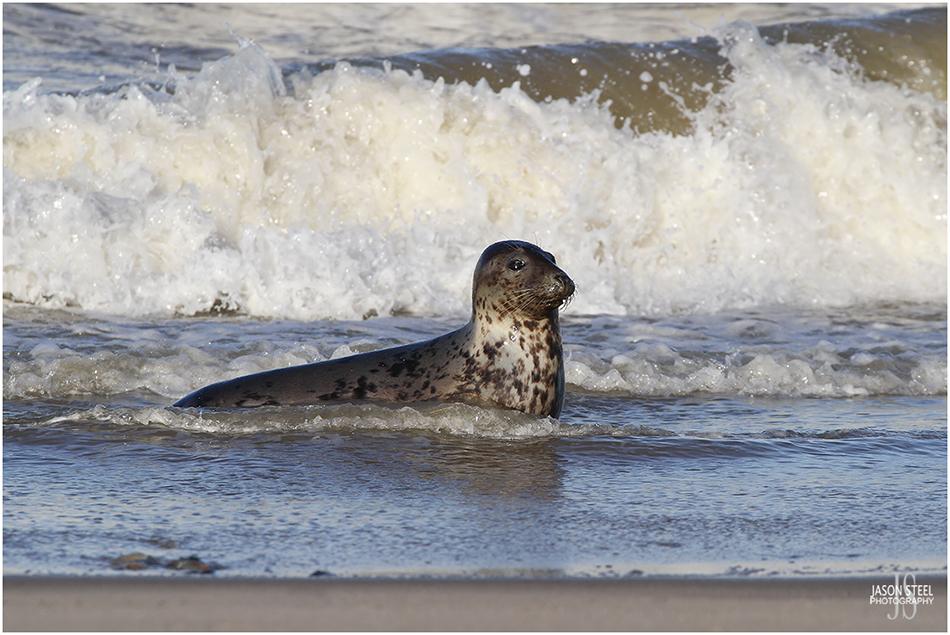
Grey Seal - photographed at Horsey Gap, Great Yarmouth, September 2019
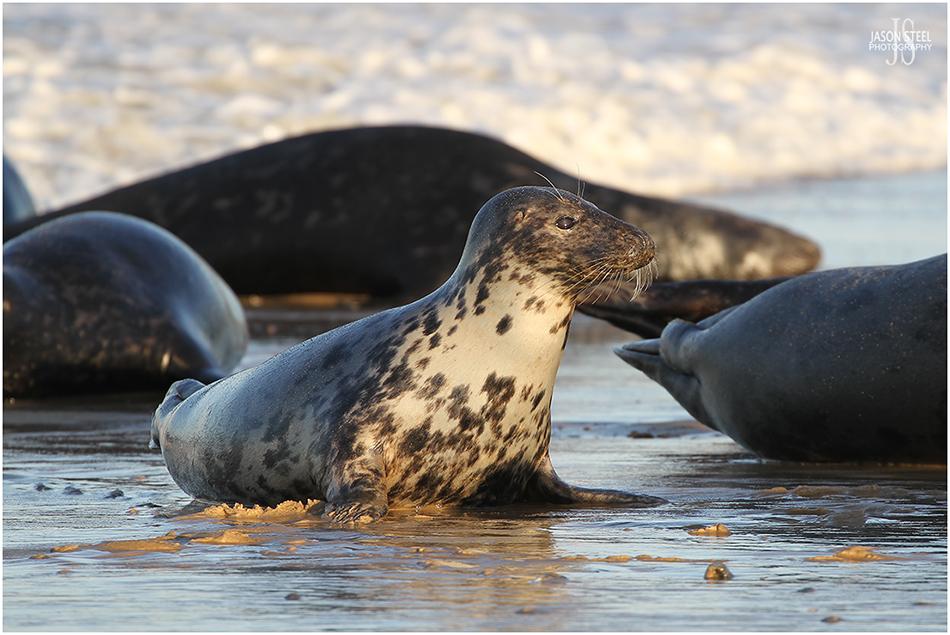
Grey Seal - photographed at Horsey Gap, Great Yarmouth, September 2019
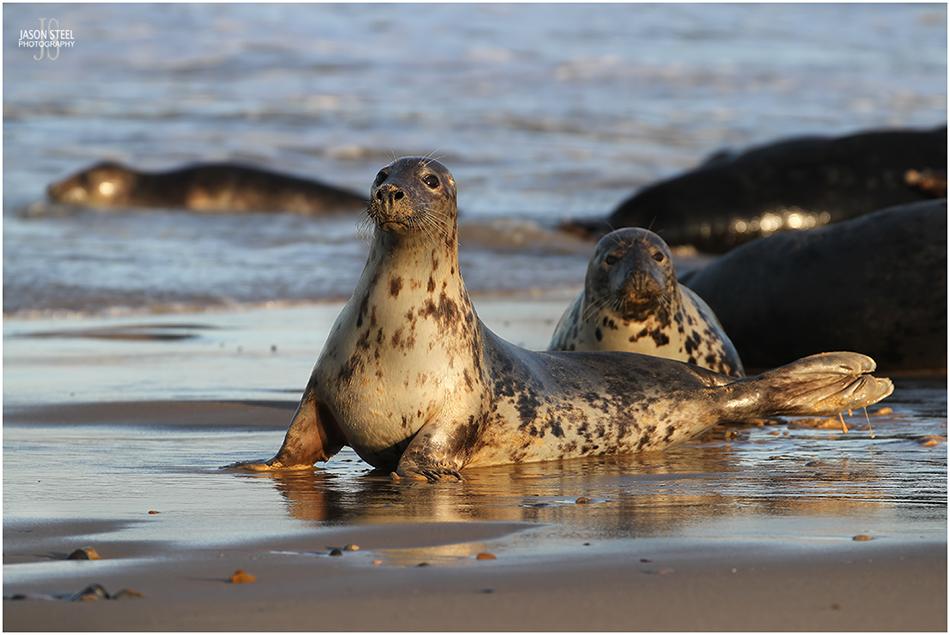
Grey Seal - photographed at Horsey Gap, Great Yarmouth, September 2019
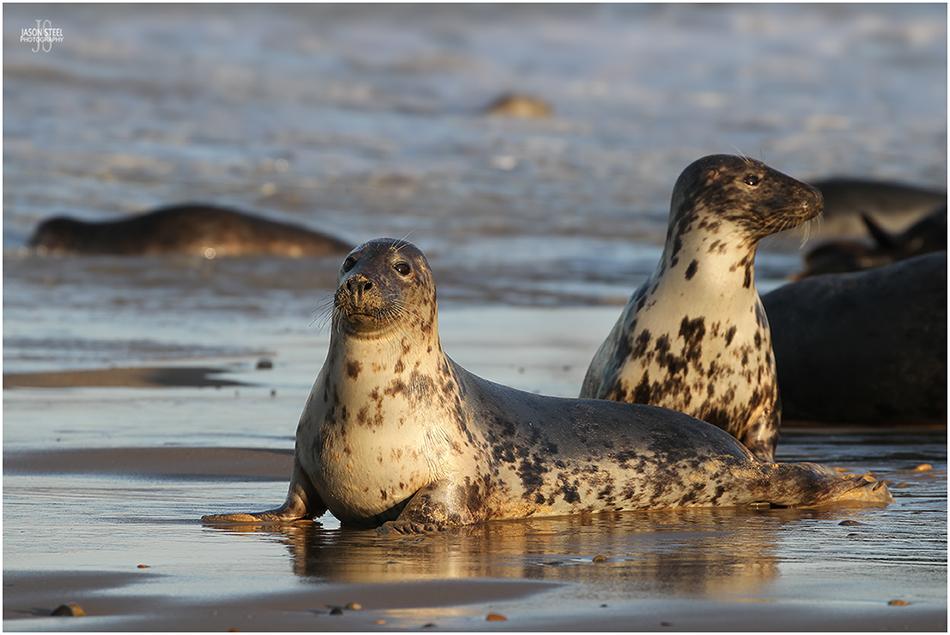
Grey Seal - photographed at Horsey Gap, Great Yarmouth, September 2019
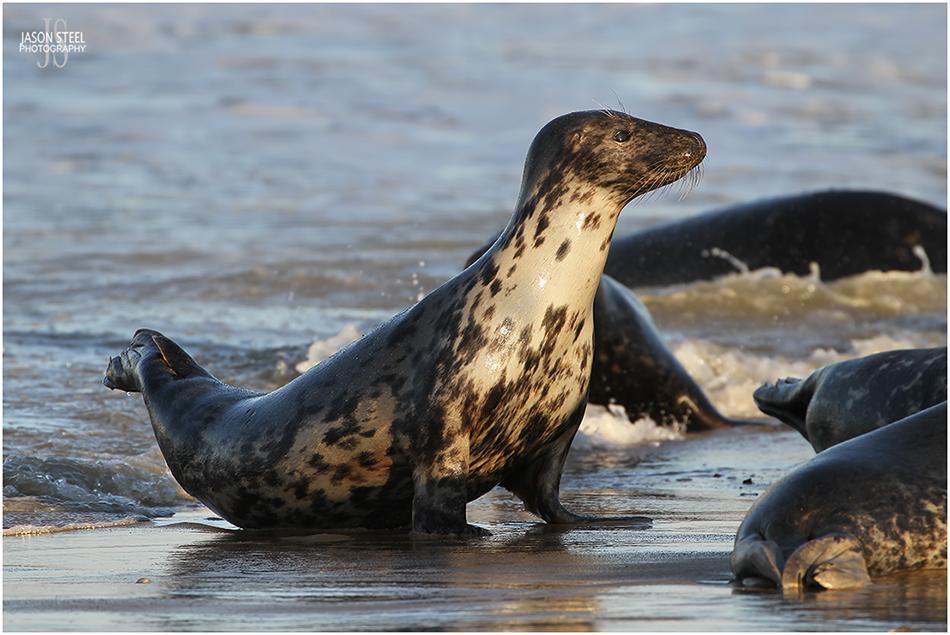
Grey Seal - photographed at Horsey Gap, Great Yarmouth, September 2019
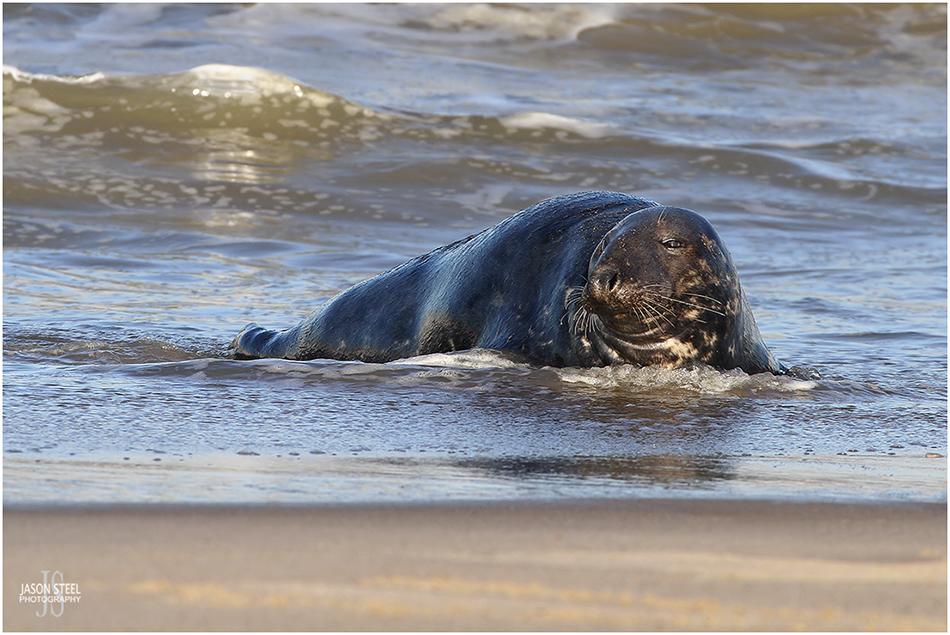
Grey Seal - photographed at Horsey Gap, Great Yarmouth, September 2019
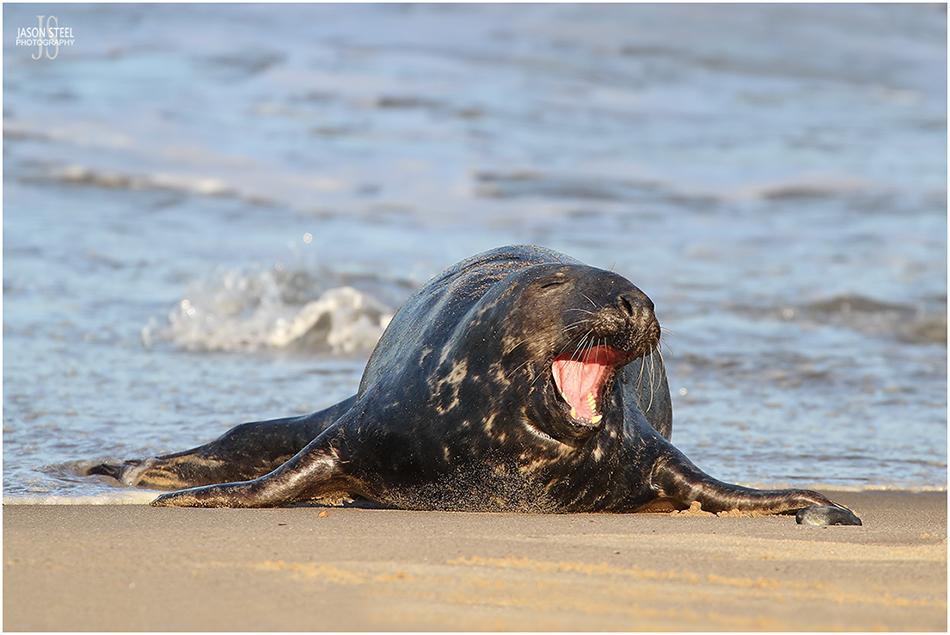
Grey Seal - photographed at Horsey Gap, Great Yarmouth, September 2019
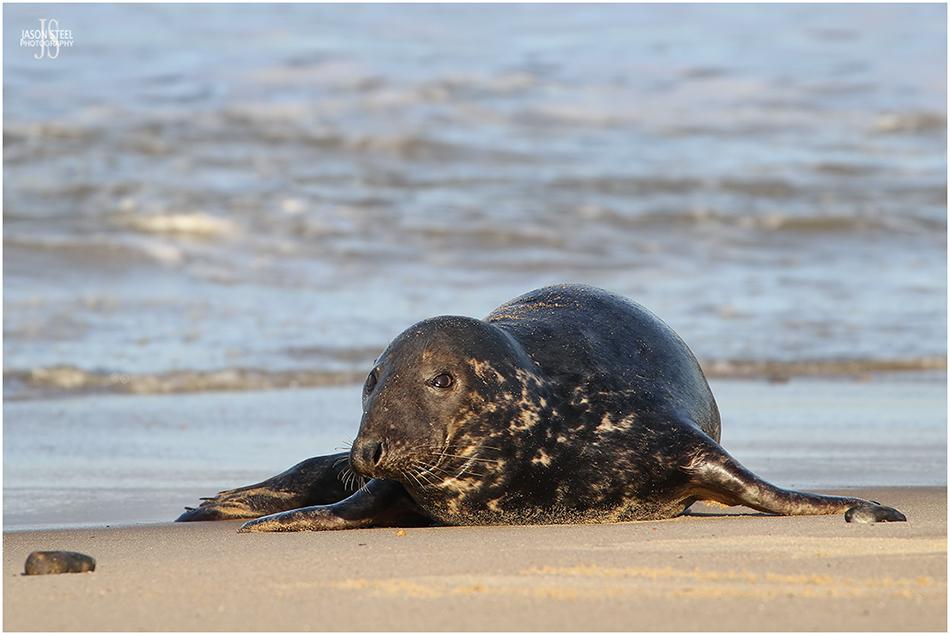
Grey Seal - photographed at Horsey Gap, Great Yarmouth, September 2019
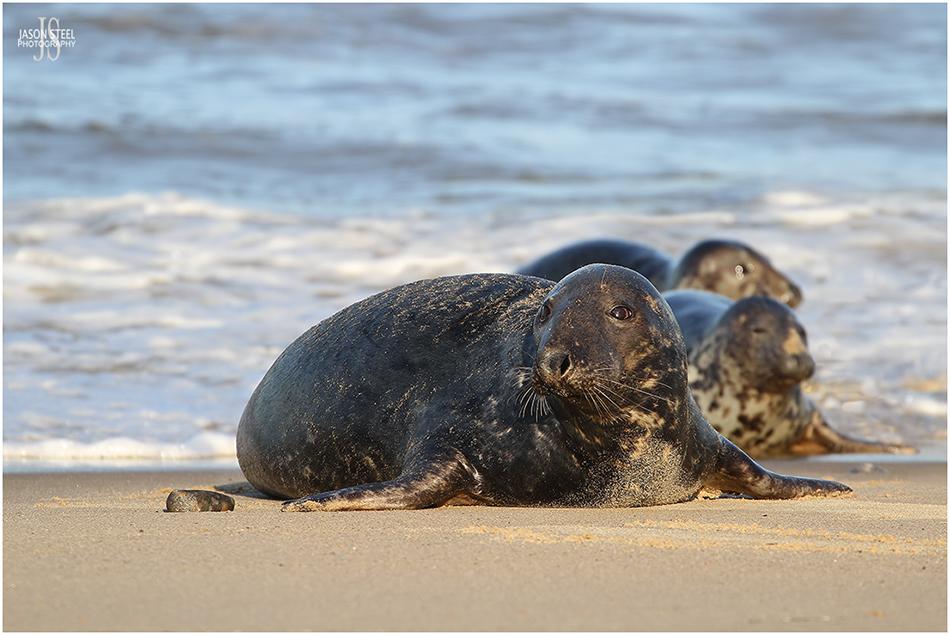
Grey Seal - photographed at Horsey Gap, Great Yarmouth, September 2019
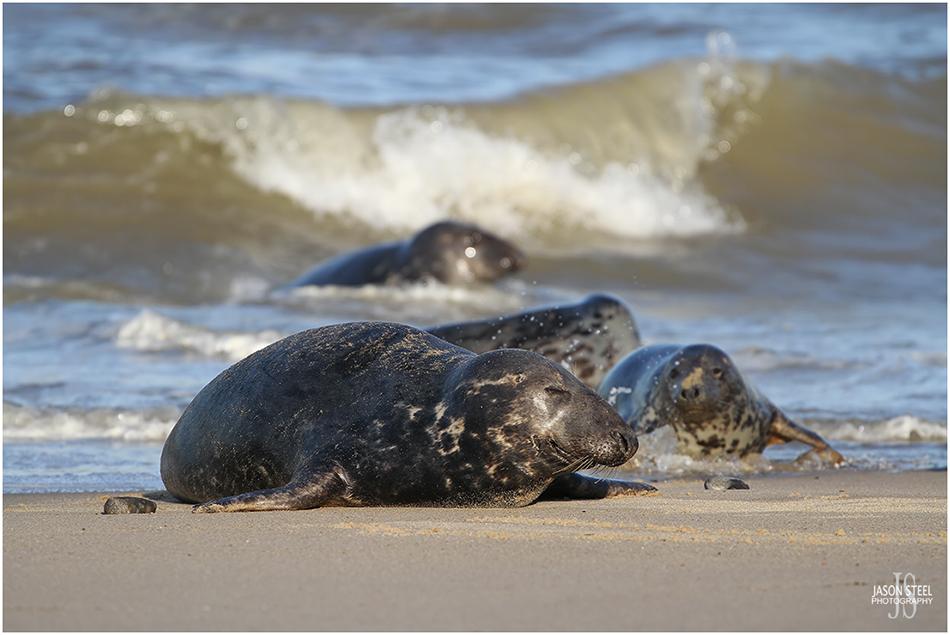
Grey Seal - photographed at Horsey Gap, Great Yarmouth, September 2019
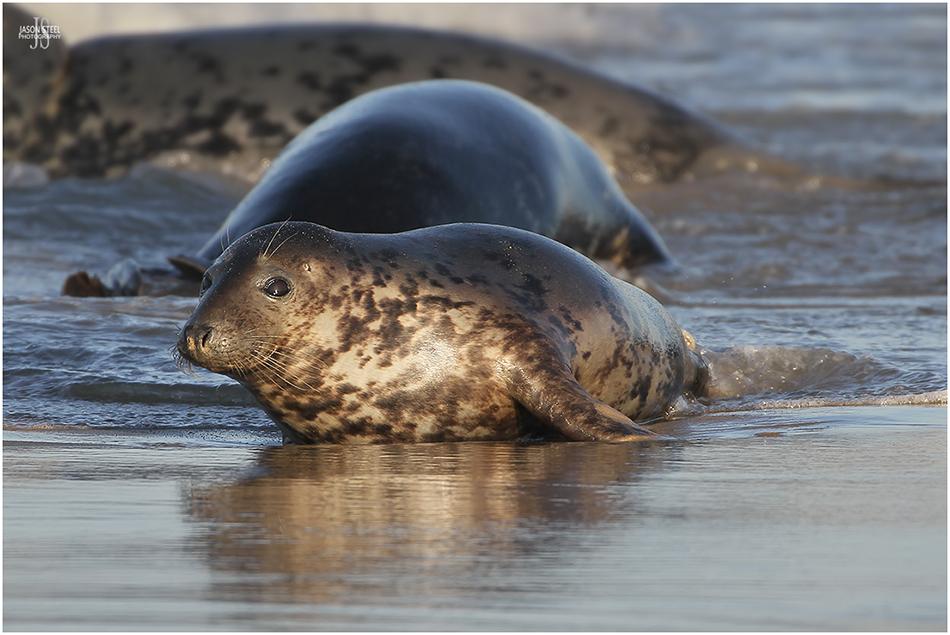
Grey Seal - photographed at Horsey Gap, Great Yarmouth, September 2019
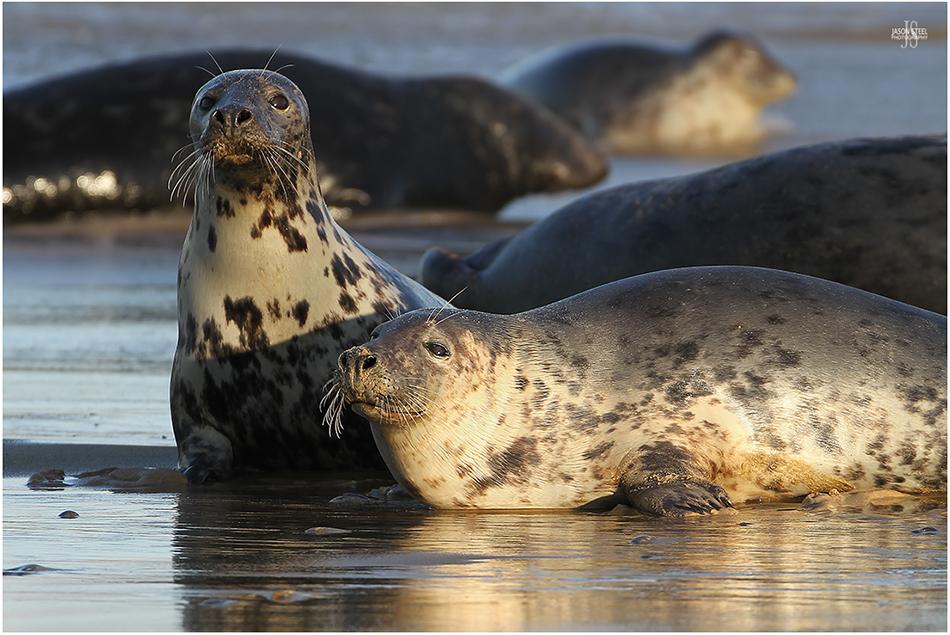
Grey Seal - photographed at Horsey Gap, Great Yarmouth, September 2019
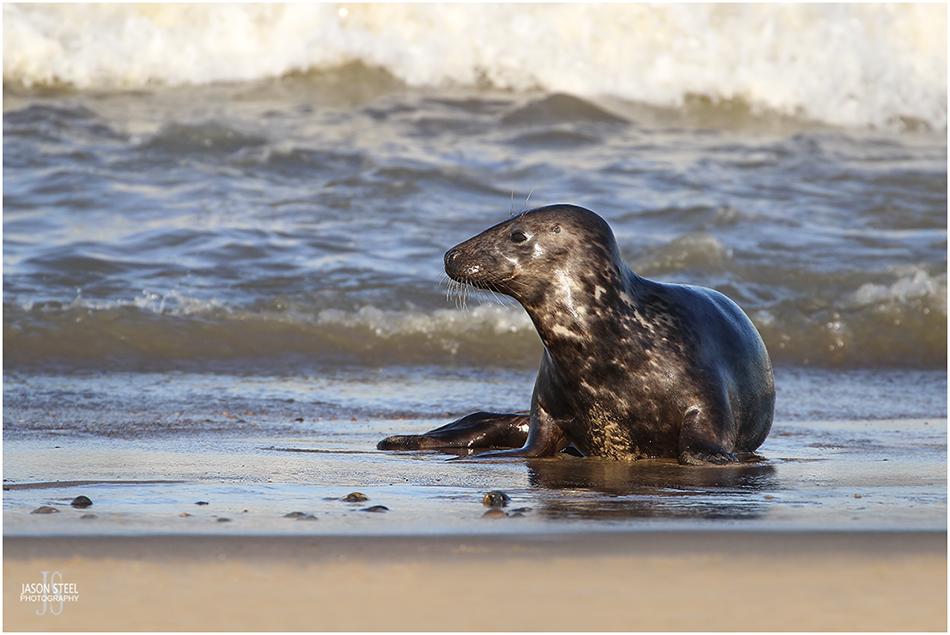
Grey Seal - photographed at Horsey Gap, Great Yarmouth, September 2019
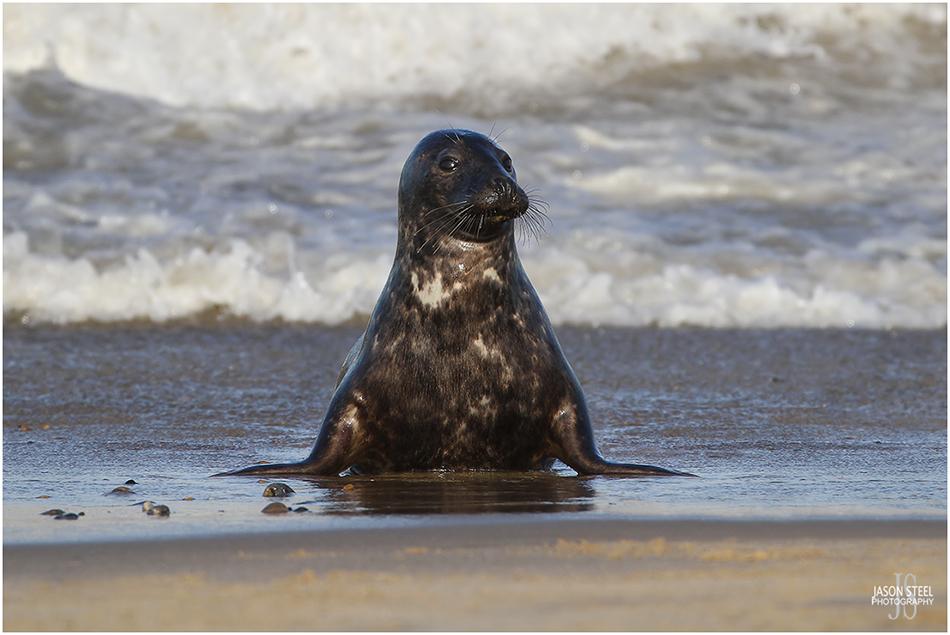
Grey Seal - photographed at Horsey Gap, Great Yarmouth, September 2019
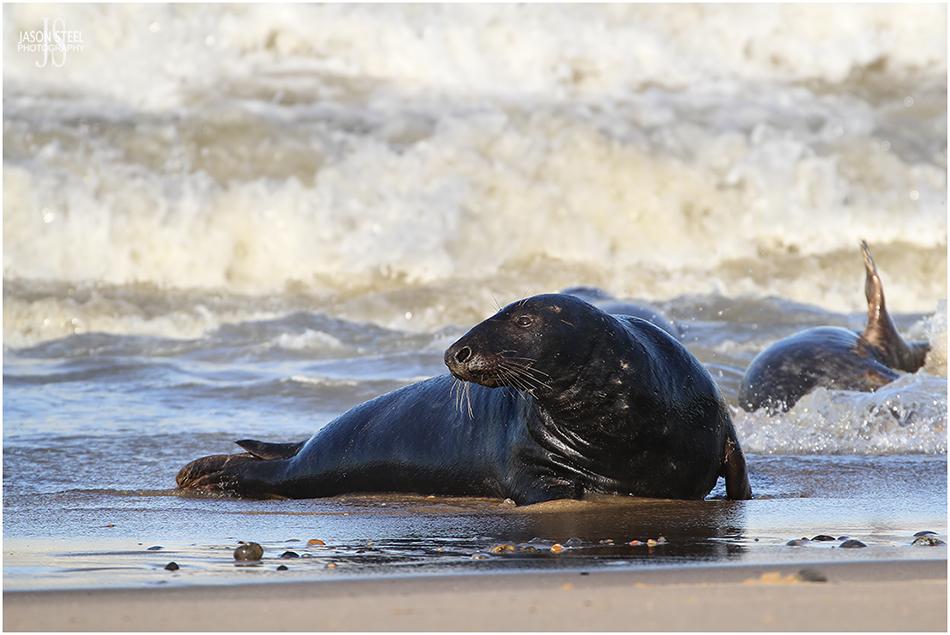
Grey Seal - photographed at Horsey Gap, Great Yarmouth, September 2019
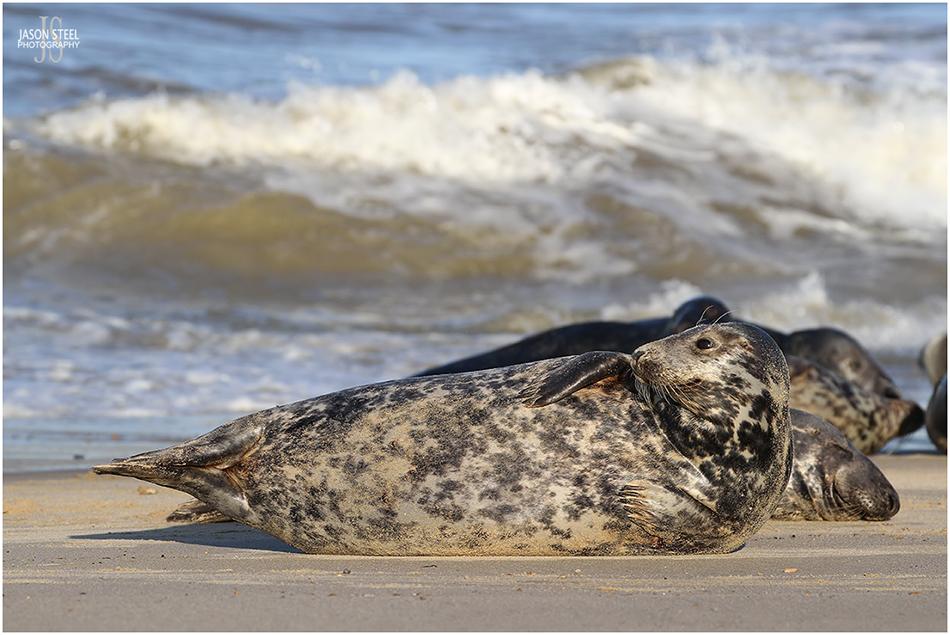
Grey Seal - photographed at Horsey Gap, Great Yarmouth, September 2019
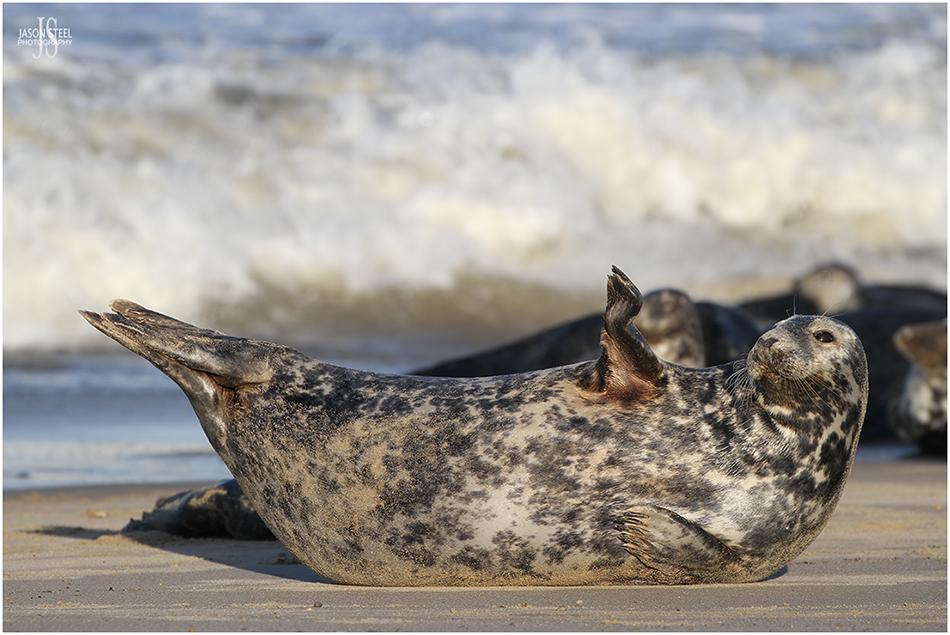
Grey Seal - photographed at Horsey Gap, Great Yarmouth, September 2019
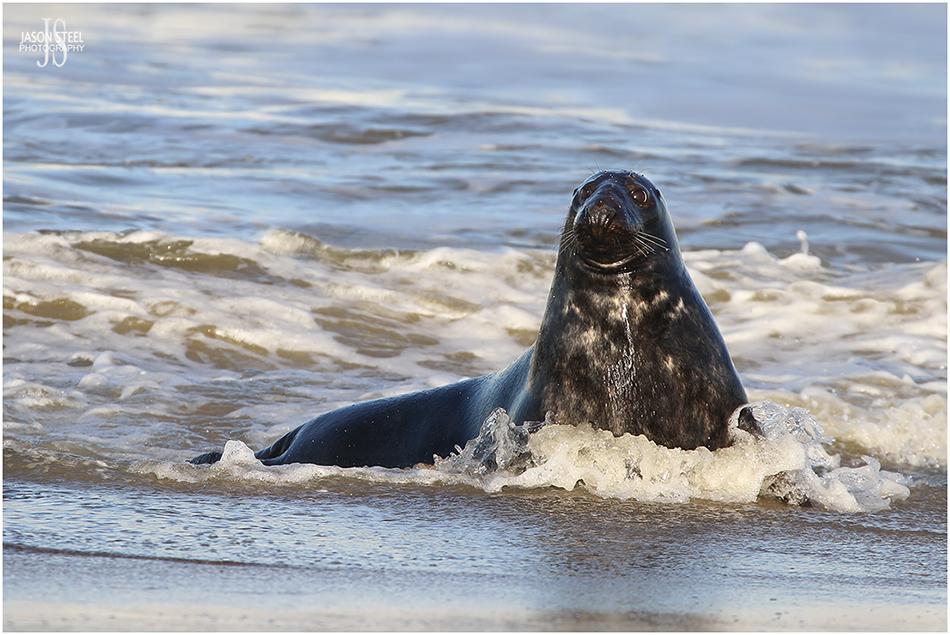
Grey Seal - photographed at Horsey Gap, Great Yarmouth, September 2019
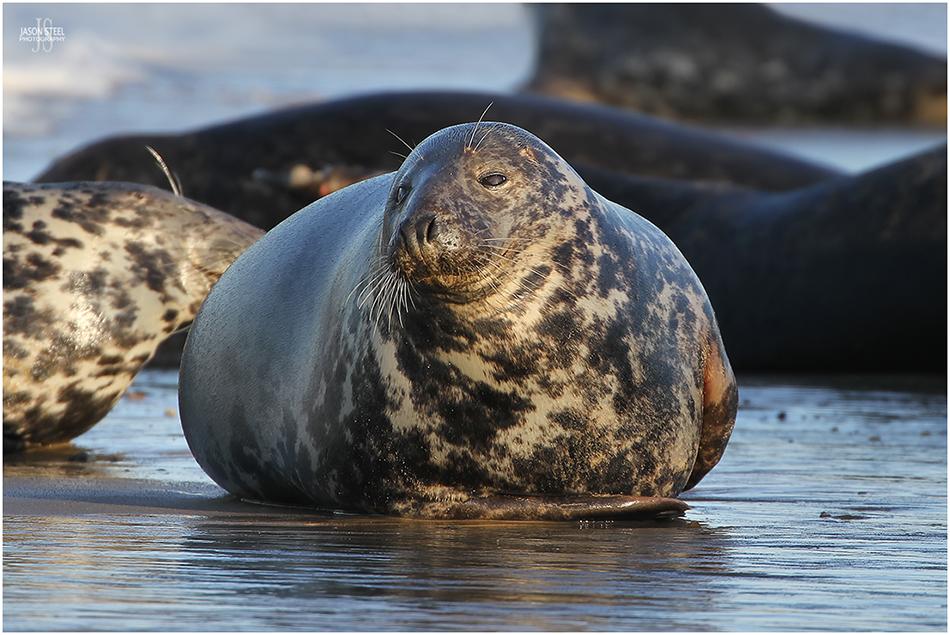
Grey Seal - photographed at Horsey Gap, Great Yarmouth, September 2019
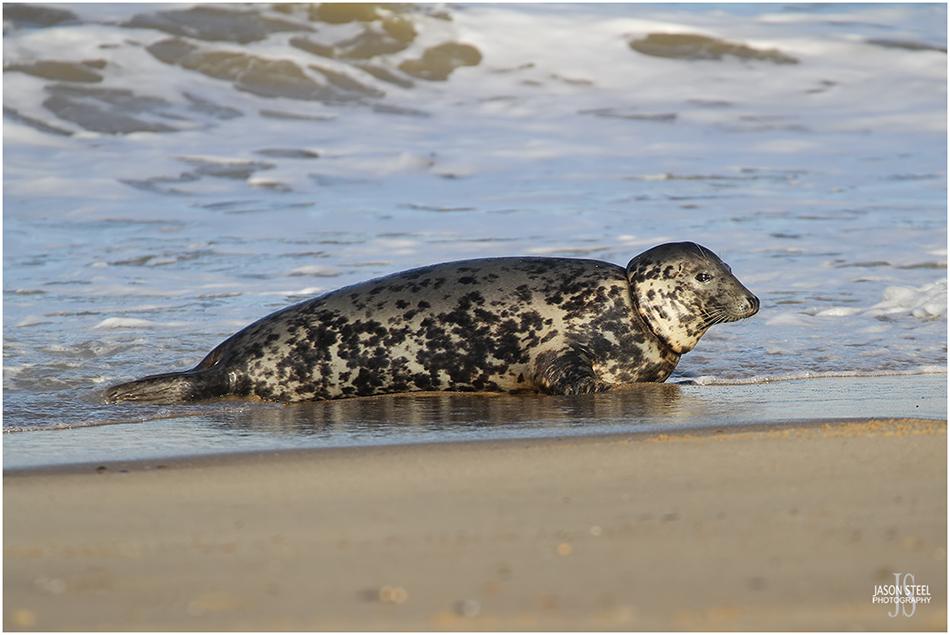
Grey Seal - photographed at Horsey Gap, Great Yarmouth, September 2019
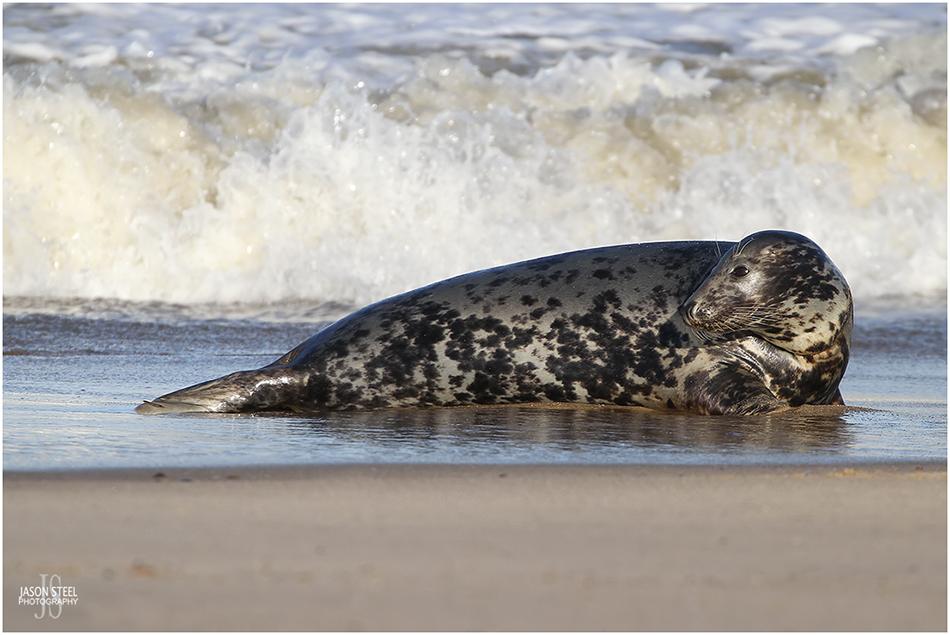
Grey Seal - photographed at Horsey Gap, Great Yarmouth, September 2019
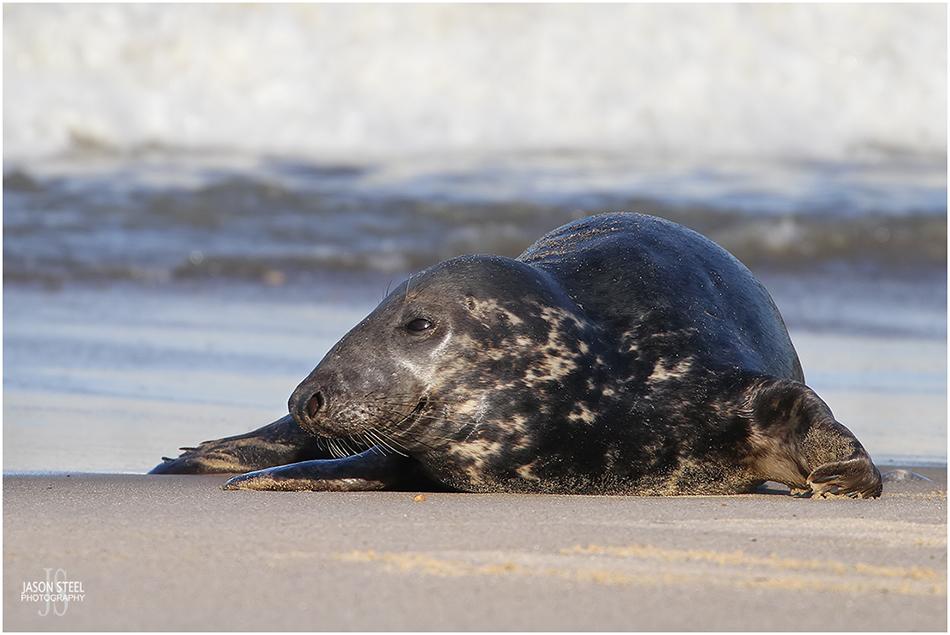
Grey Seal - photographed at Horsey Gap, Great Yarmouth, September 2019
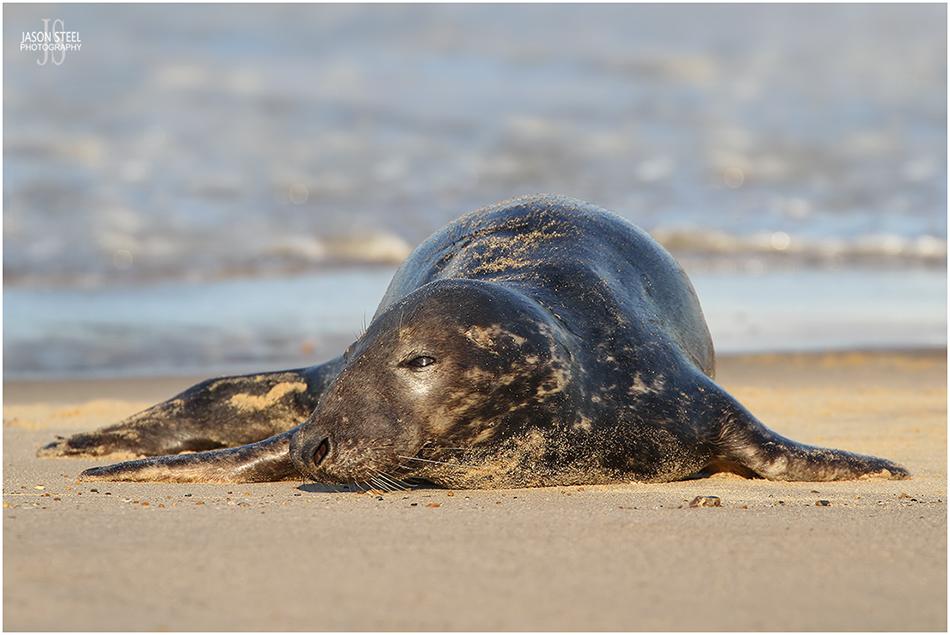
Grey Seal - photographed at Horsey Gap, Great Yarmouth, September 2019
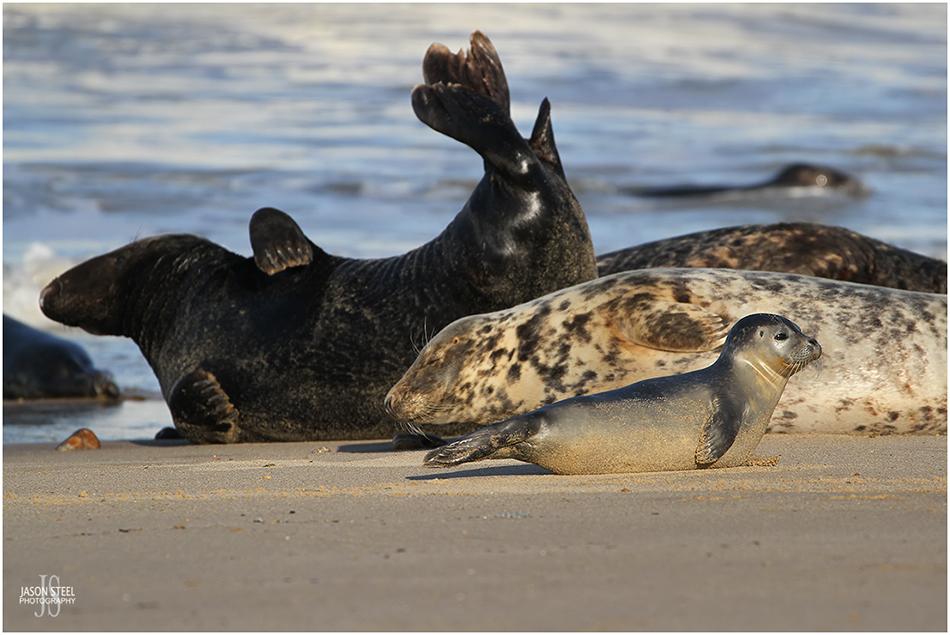
Grey Seals - photographed at Horsey Gap, Great Yarmouth, September 2019
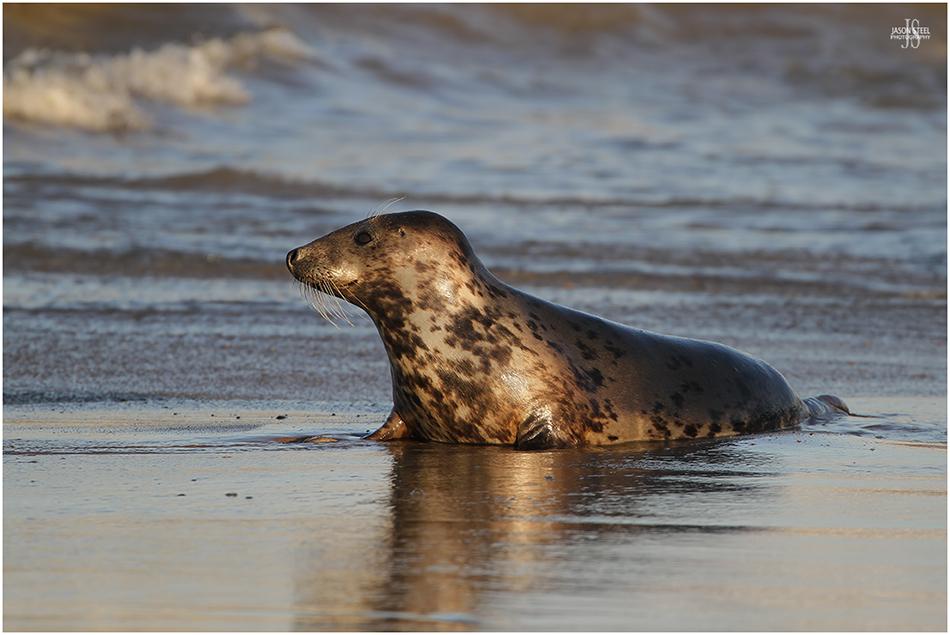
Grey Seal - photographed at Horsey Gap, Great Yarmouth, September 2019
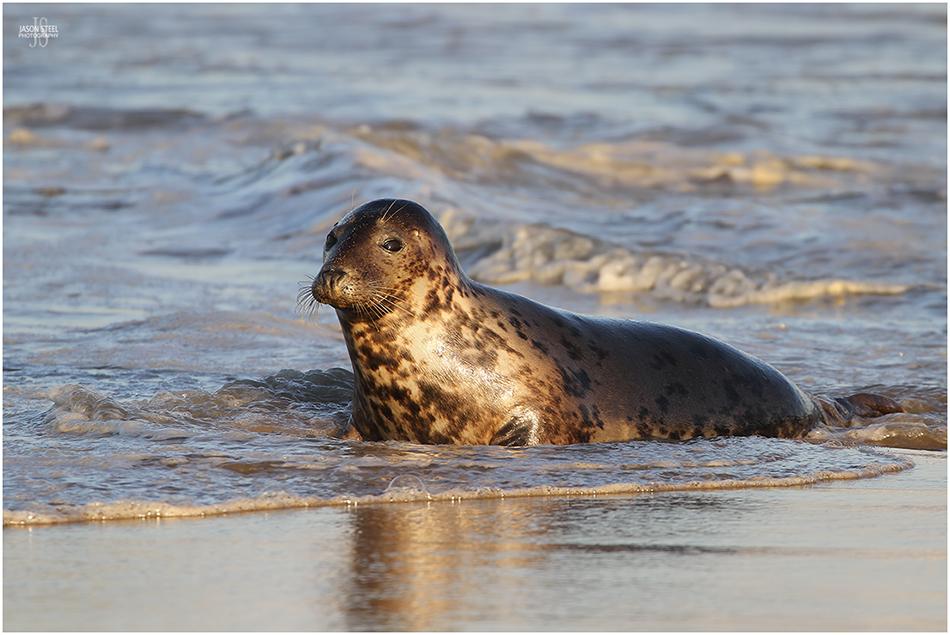
Grey Seal - photographed at Horsey Gap, Great Yarmouth, September 2019
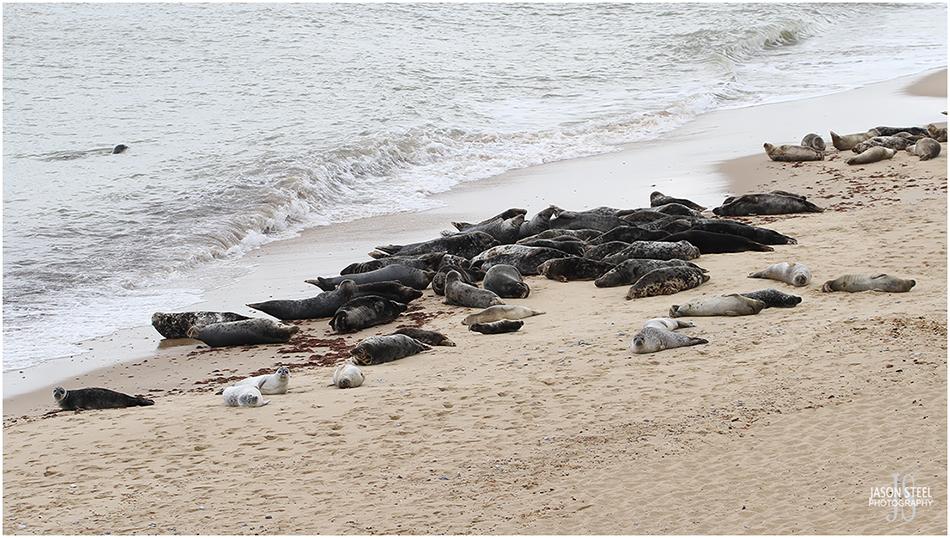
Grey Seals - photographed at Horsey Gap, Great Yarmouth, September 2019
All seal photos taken at 300mm using a Canon 7D camera and Canon 70--300mm IS L lens.